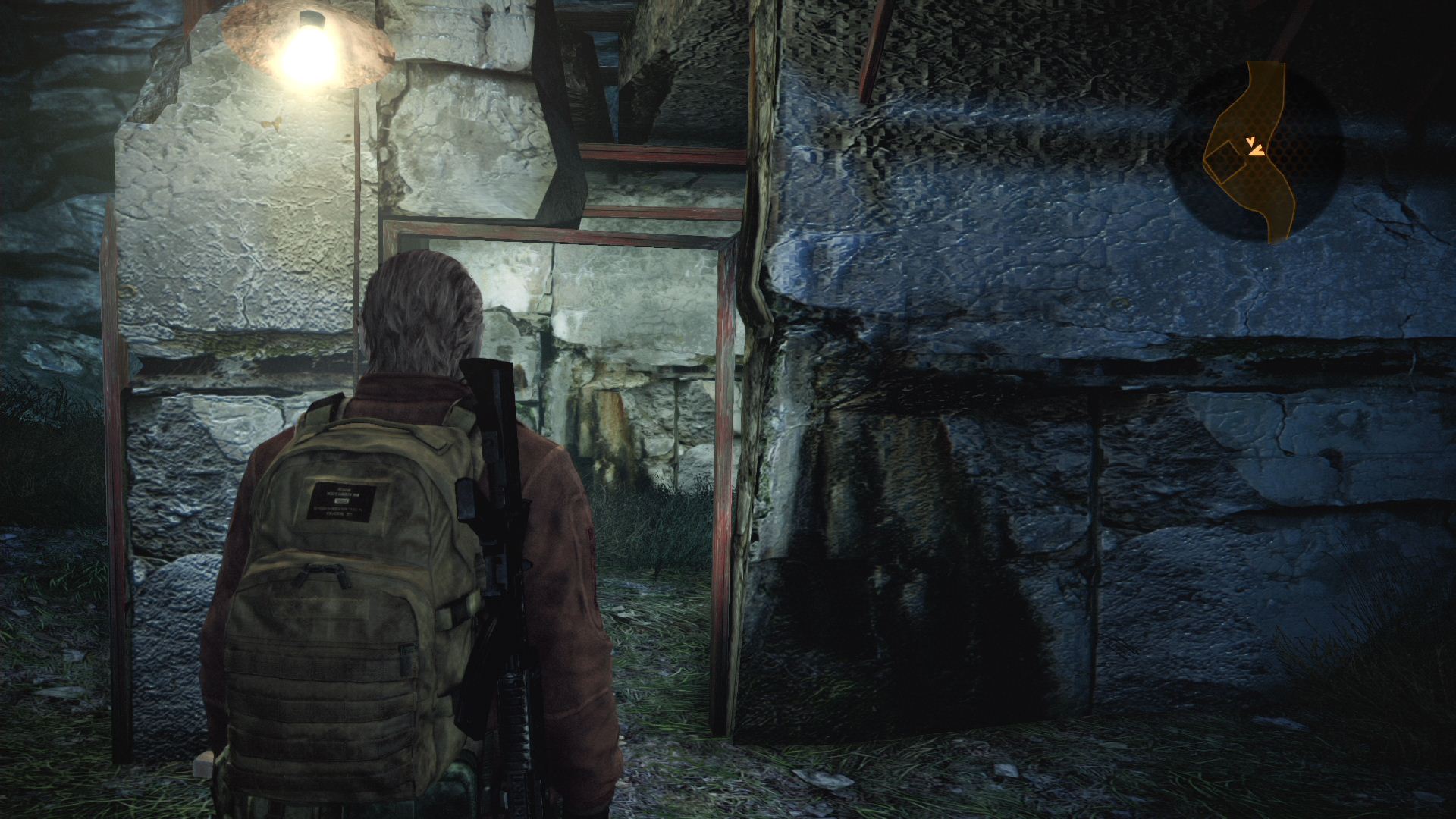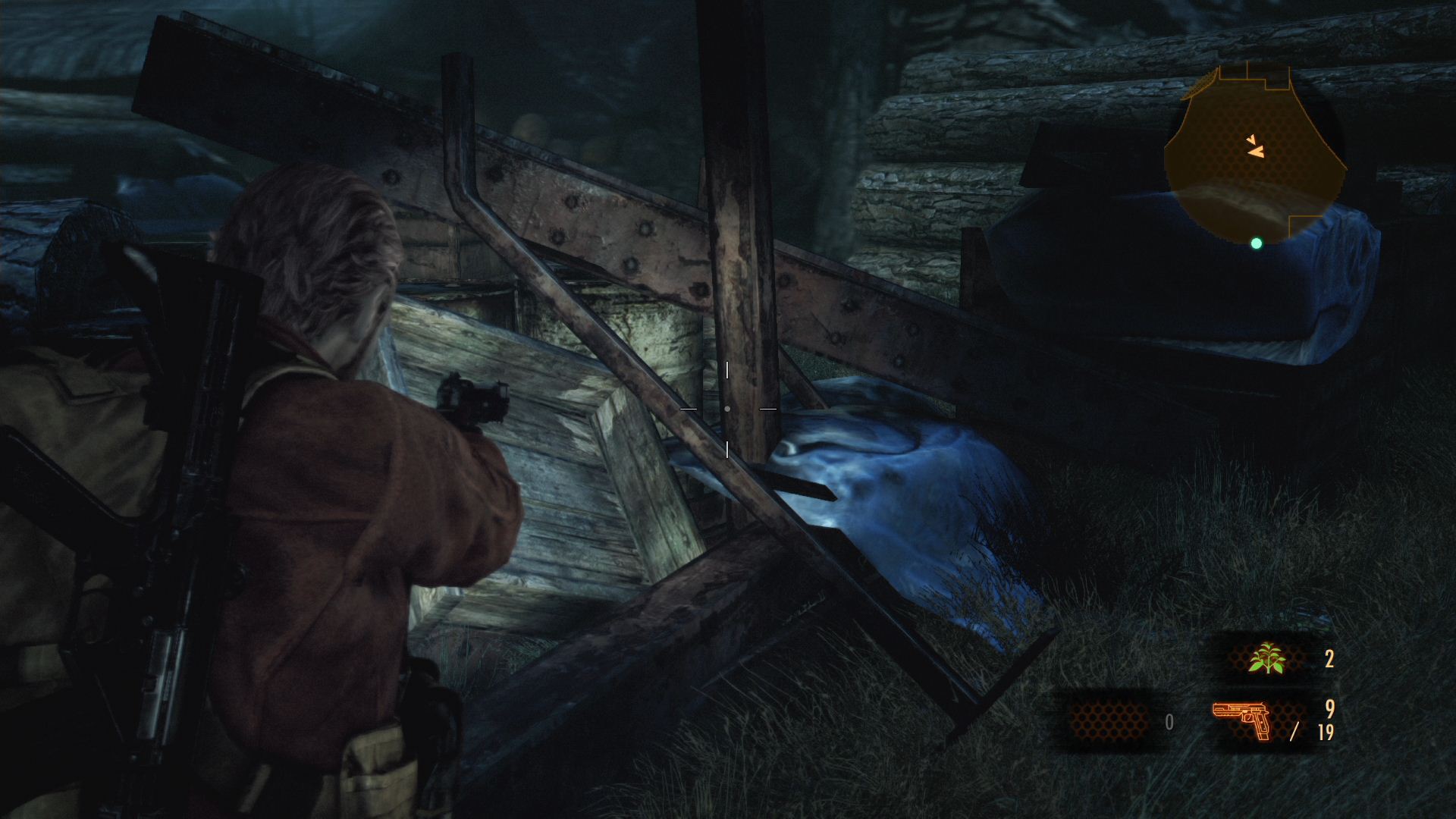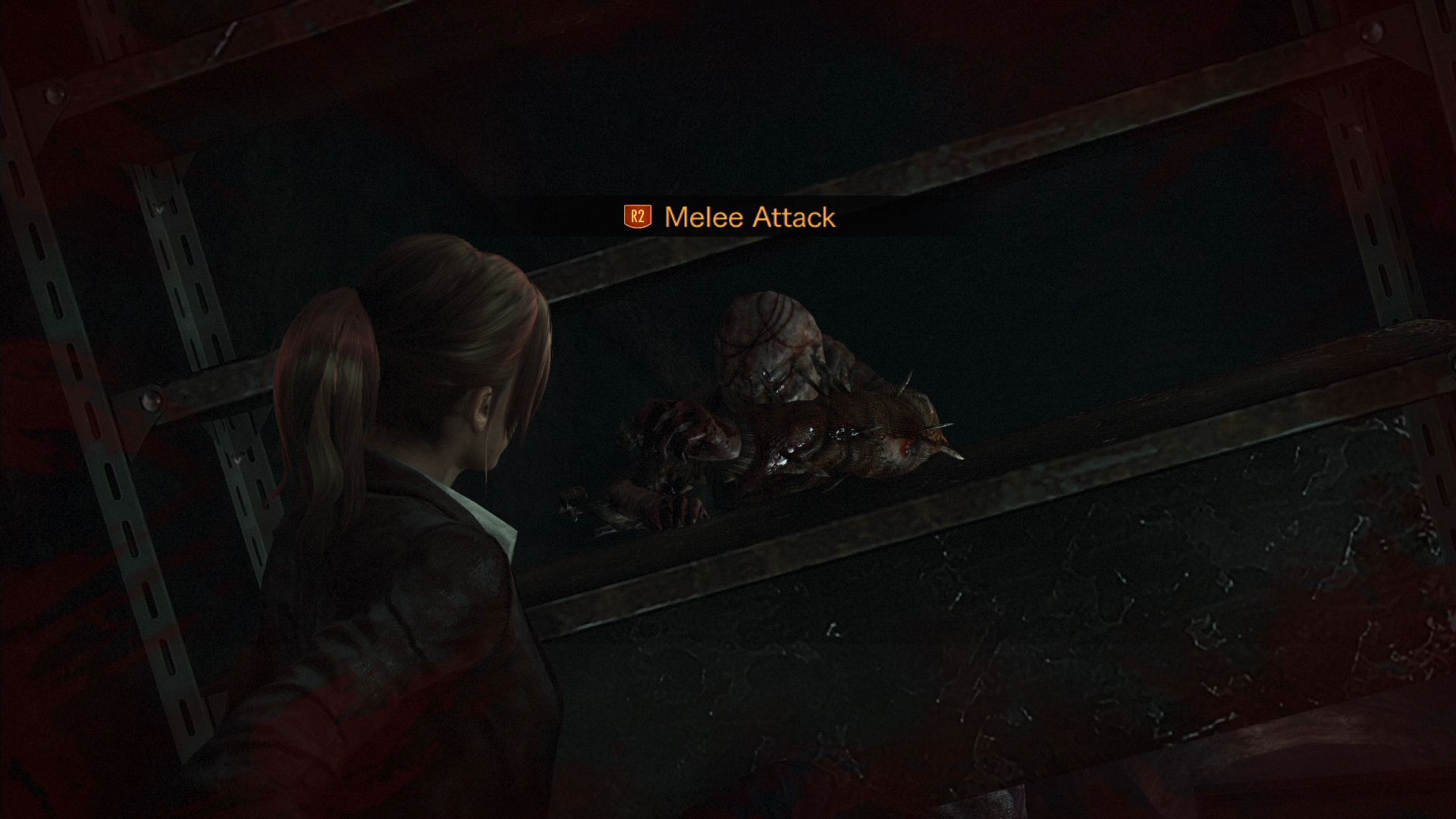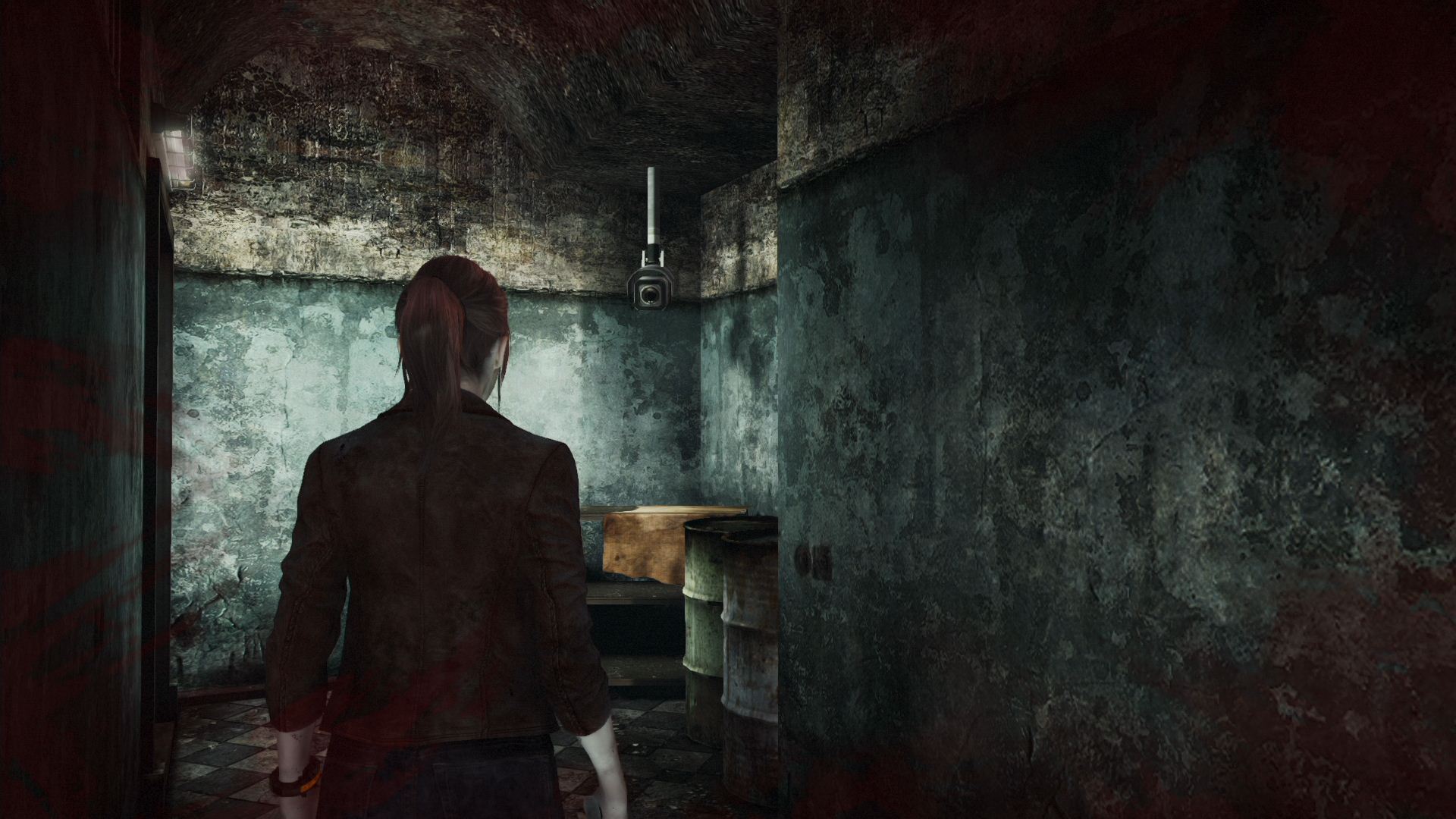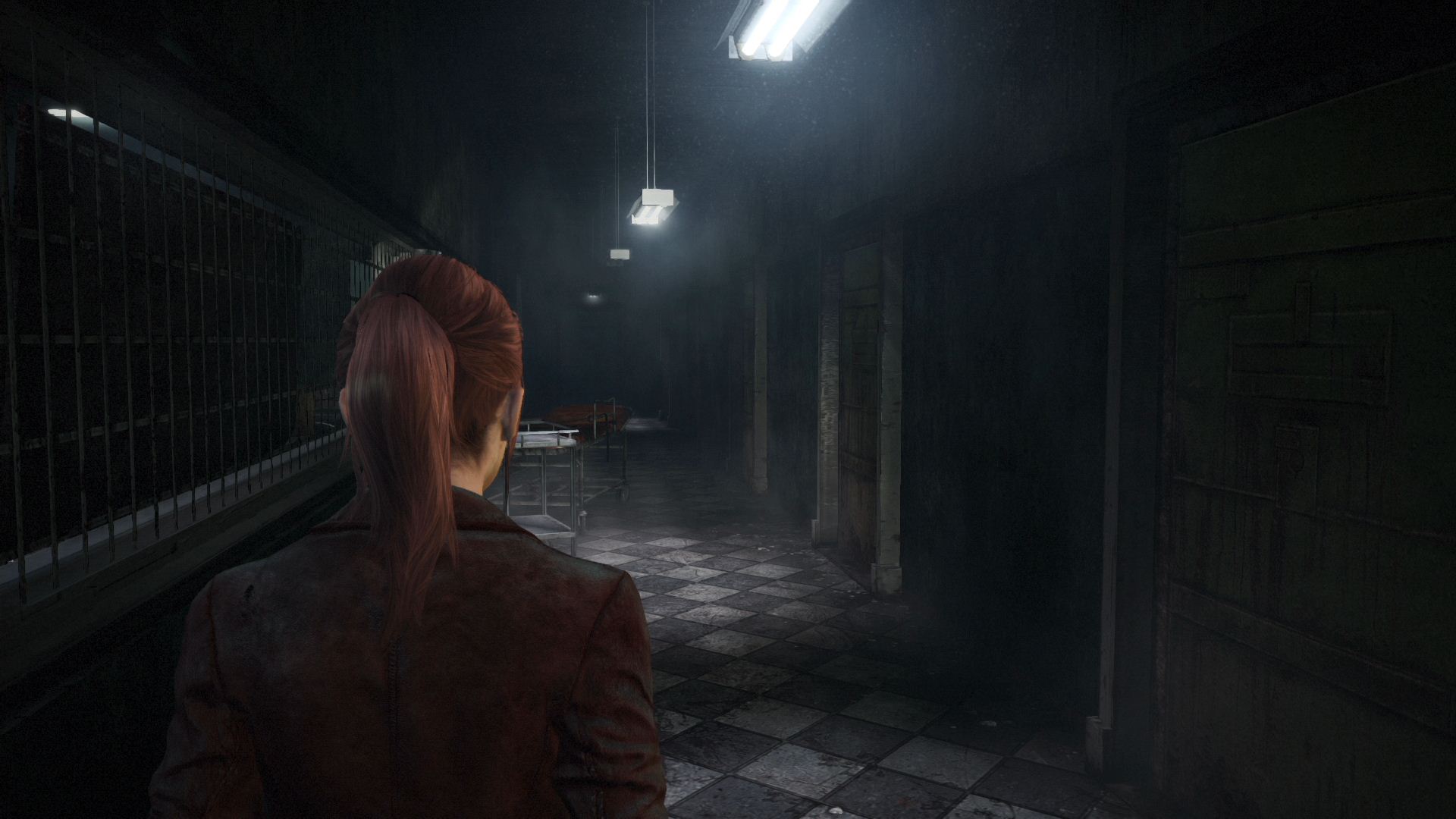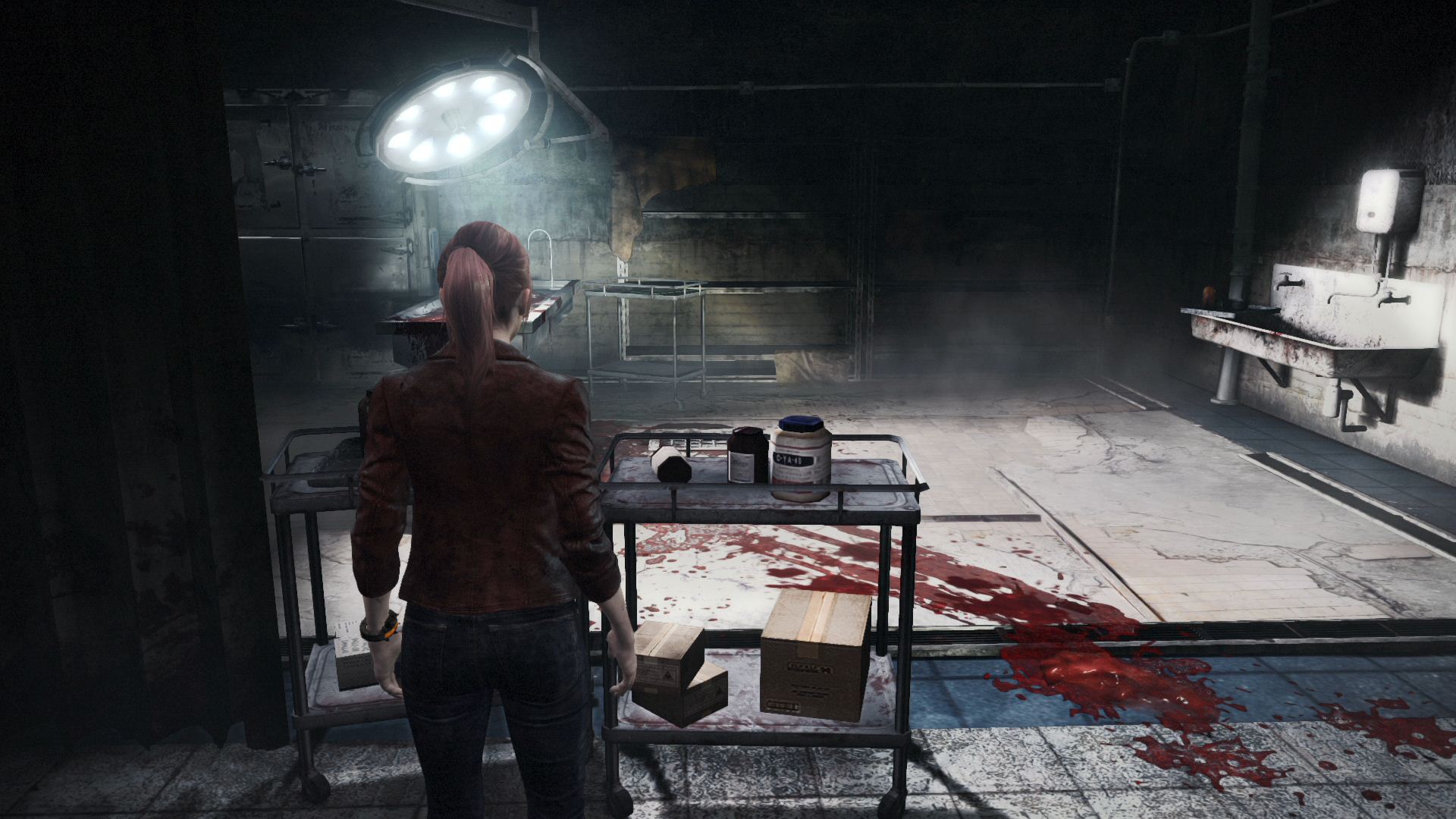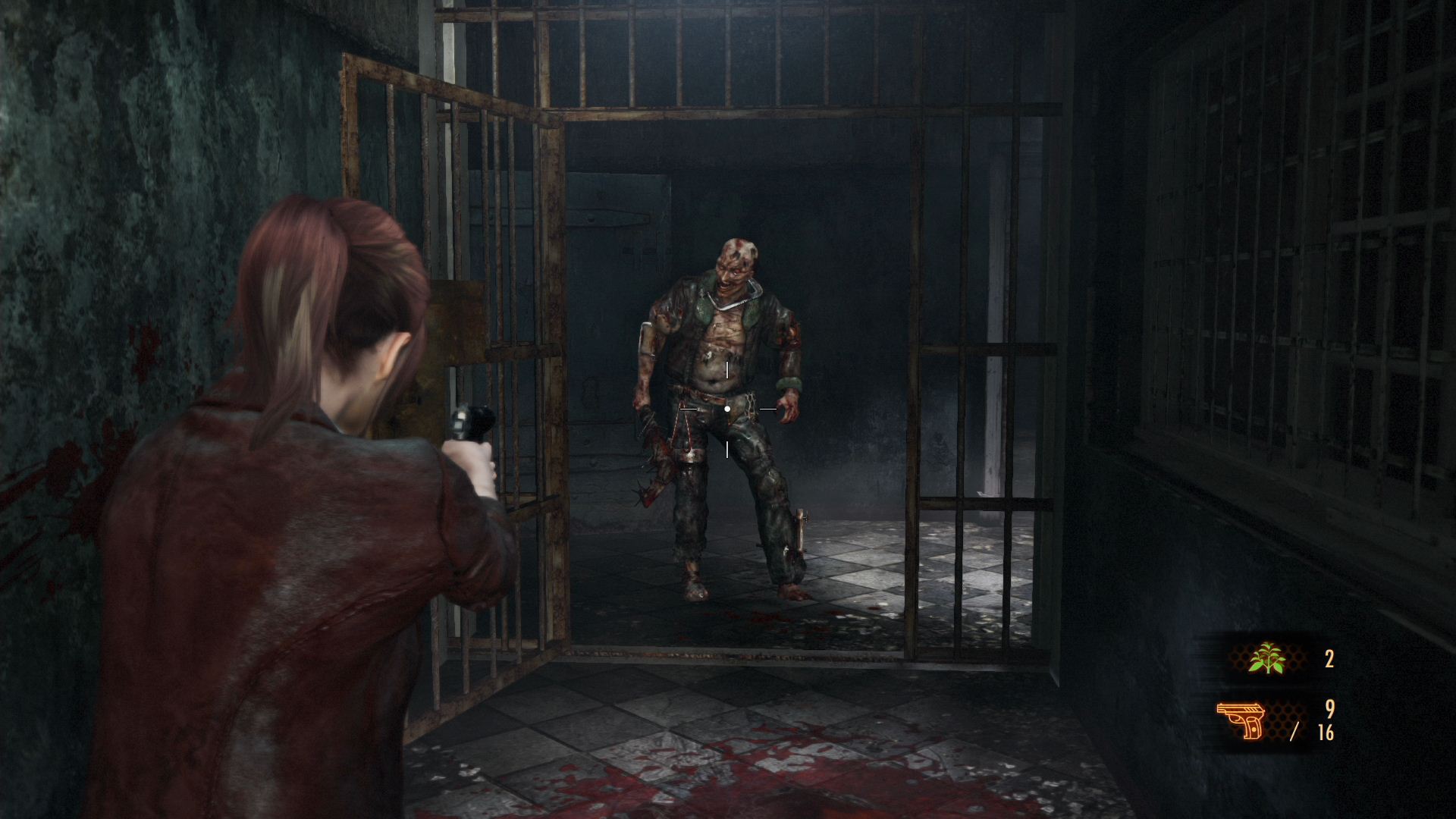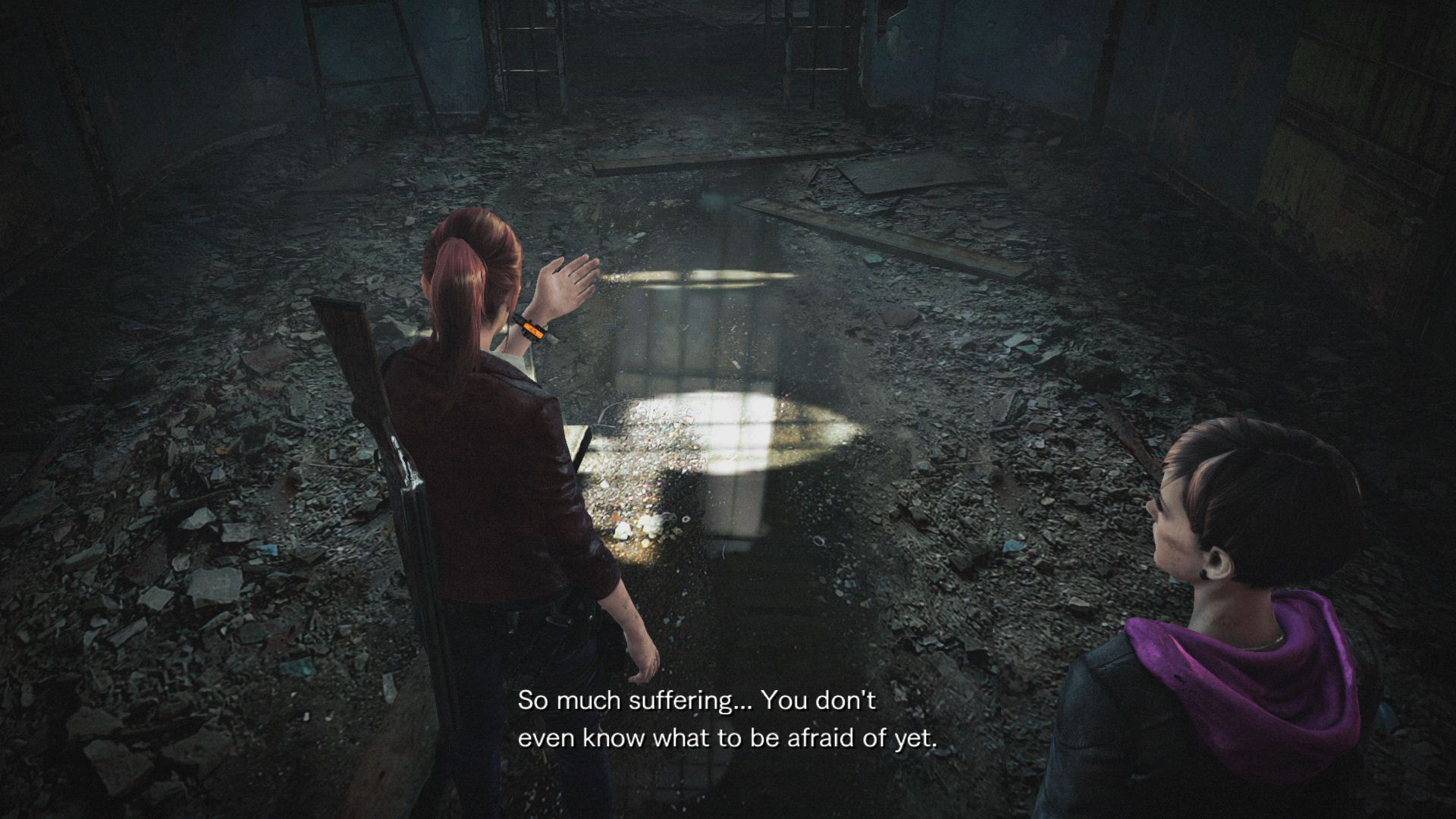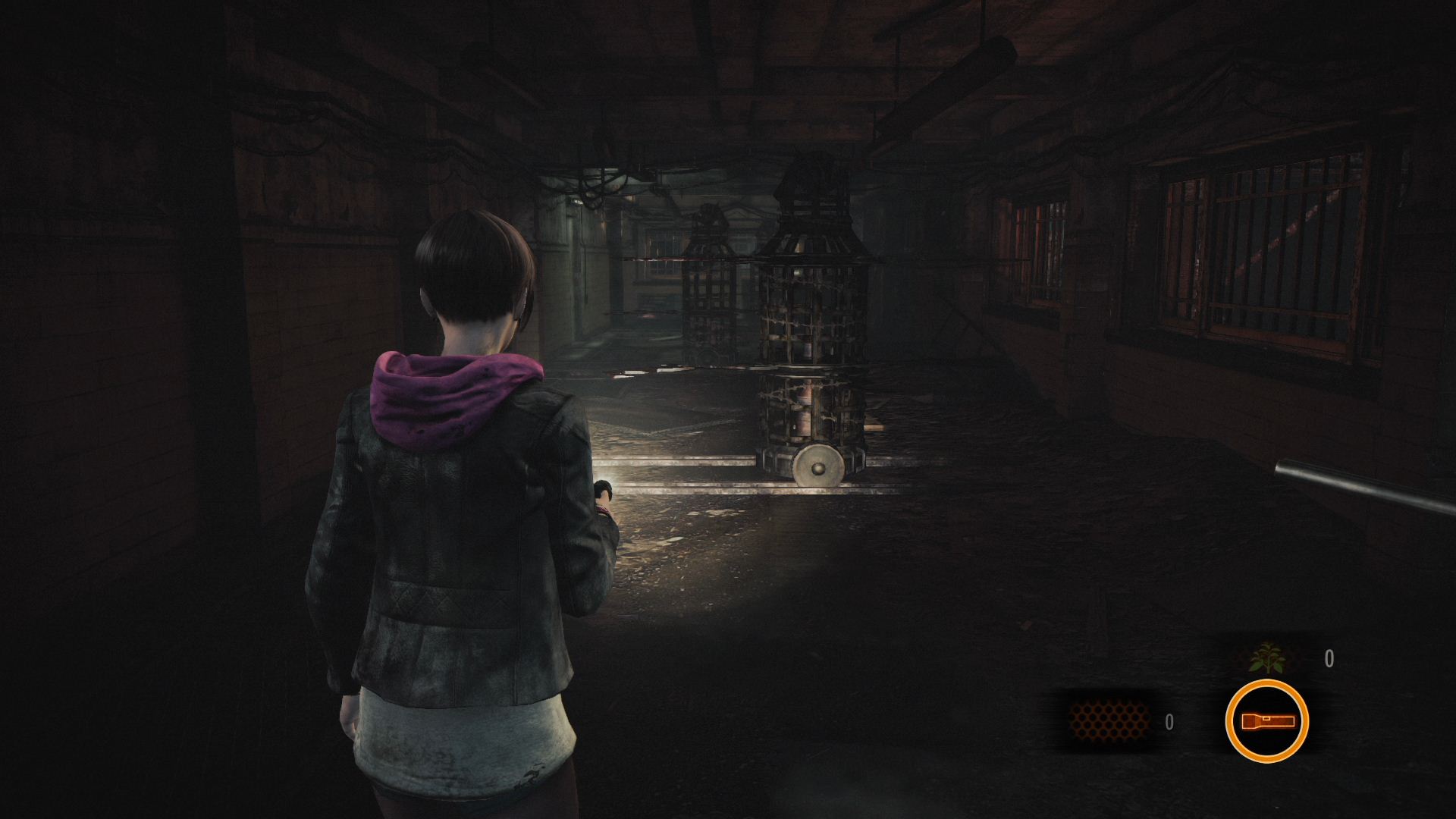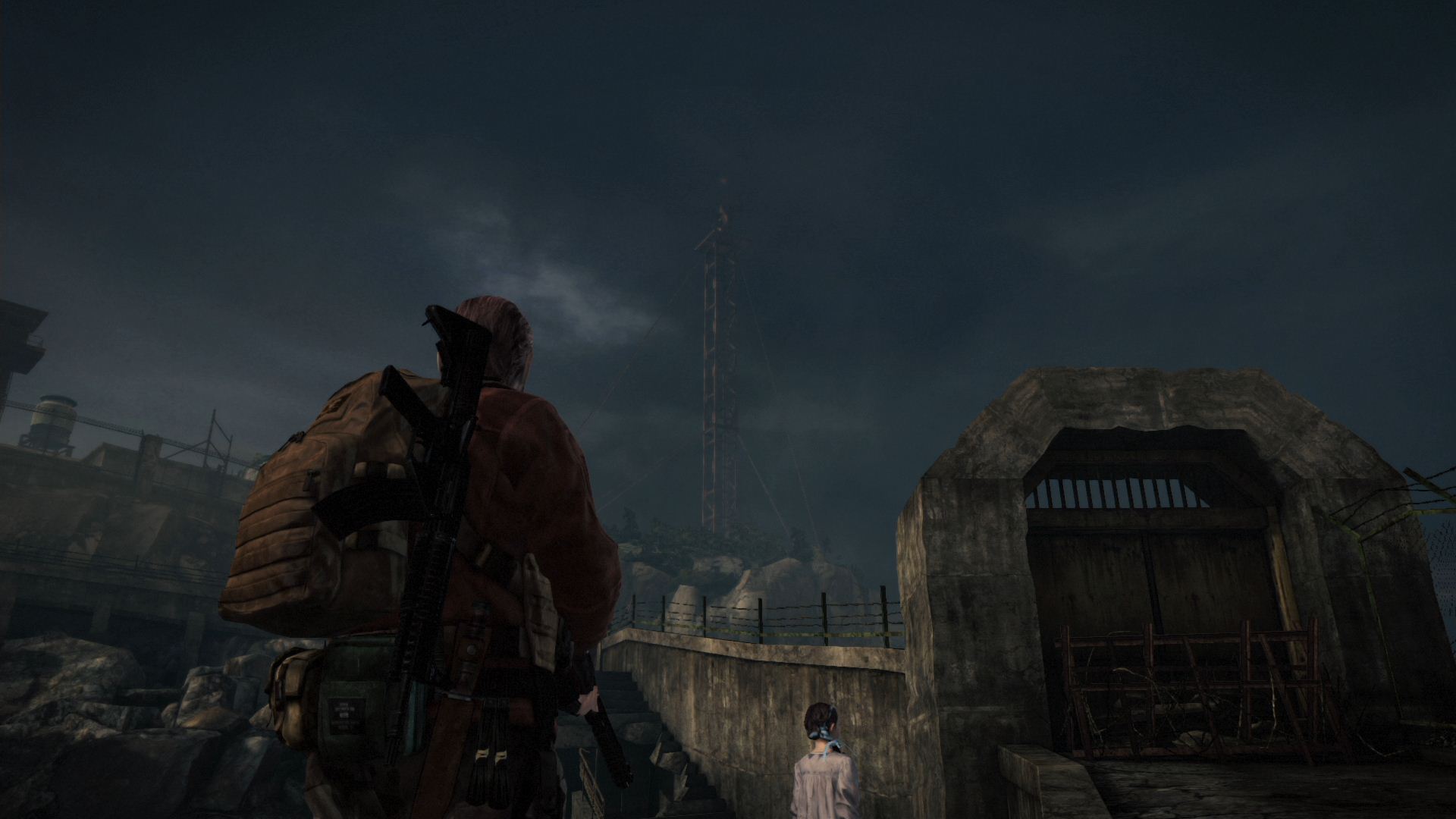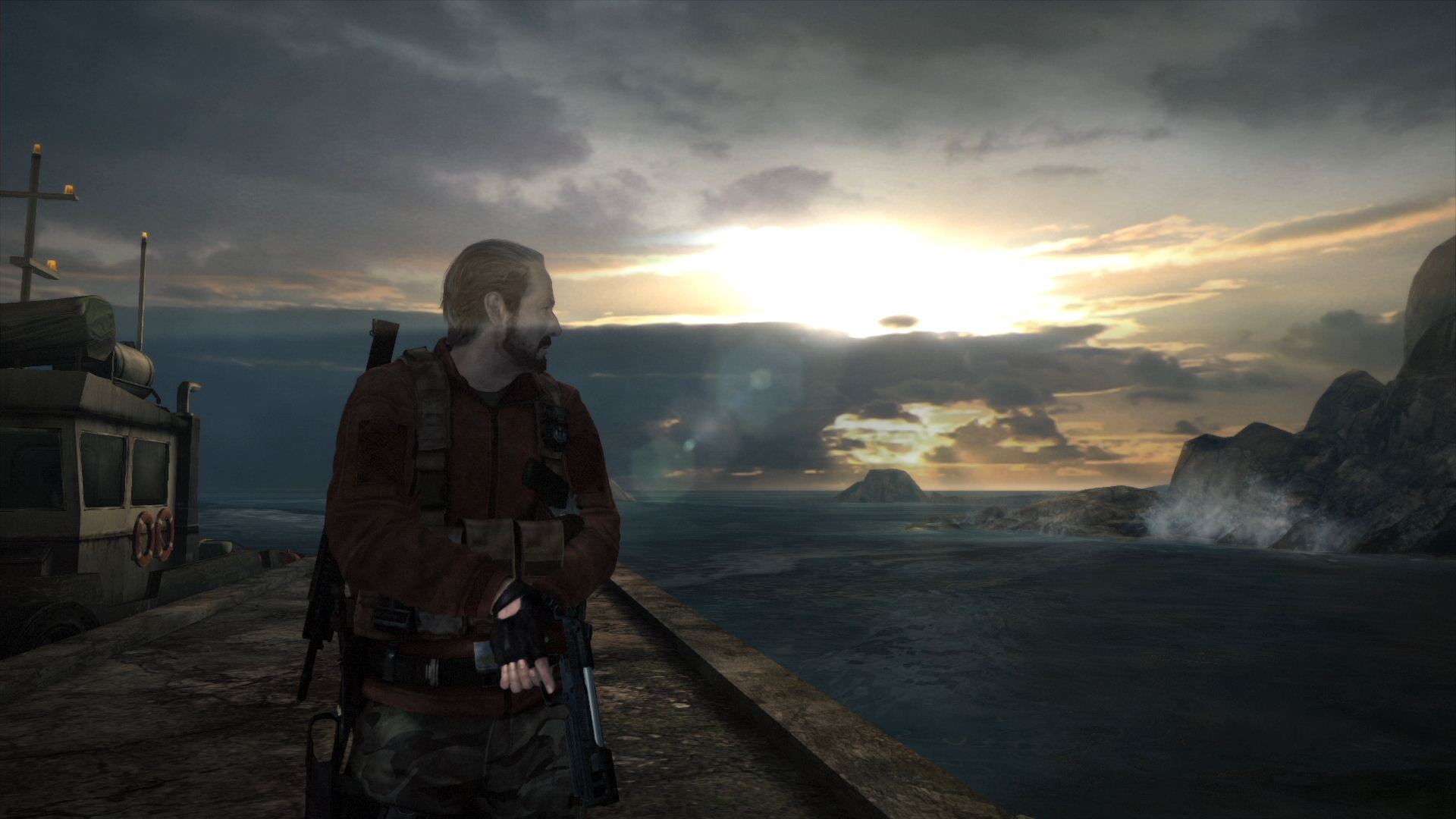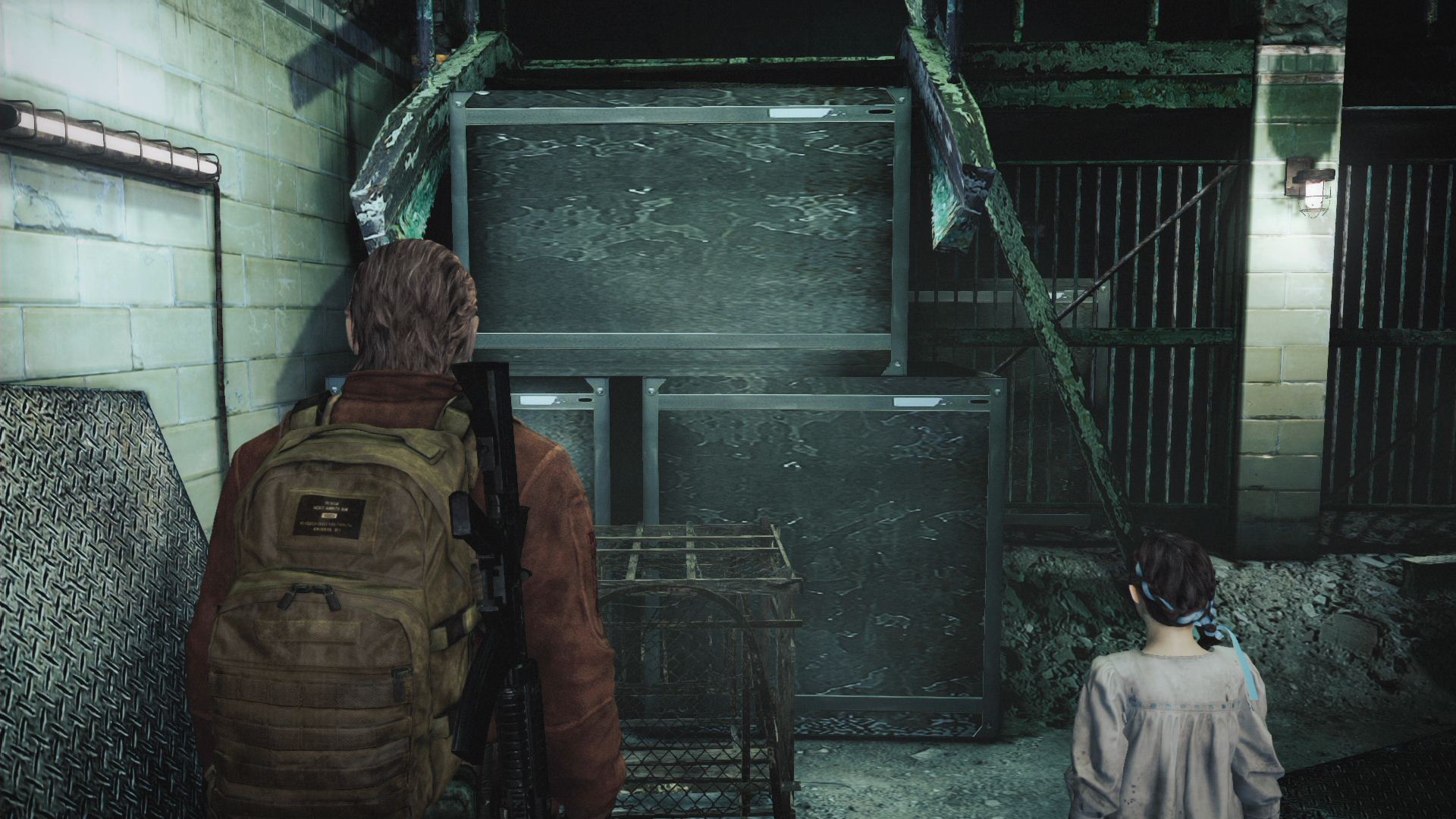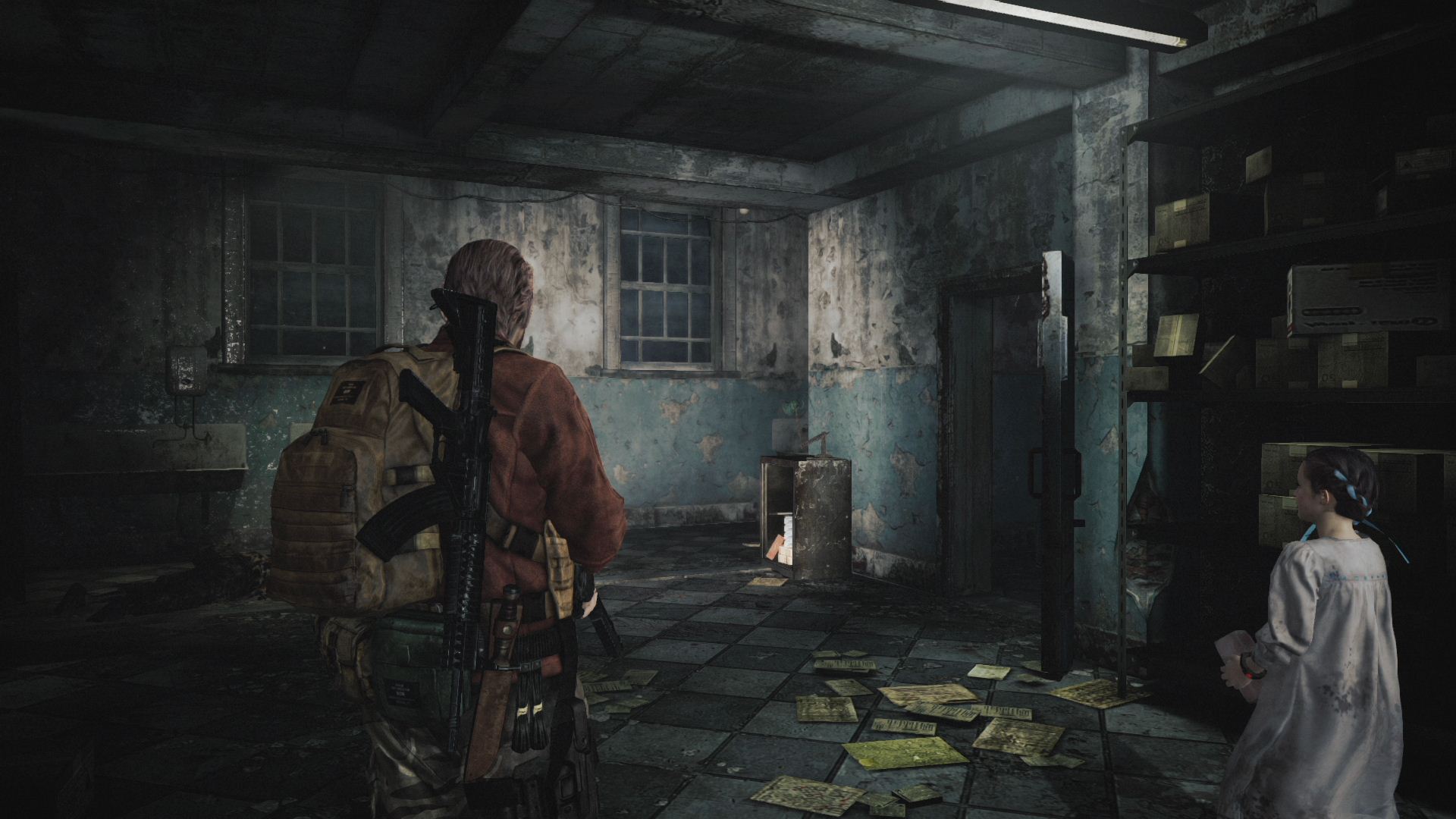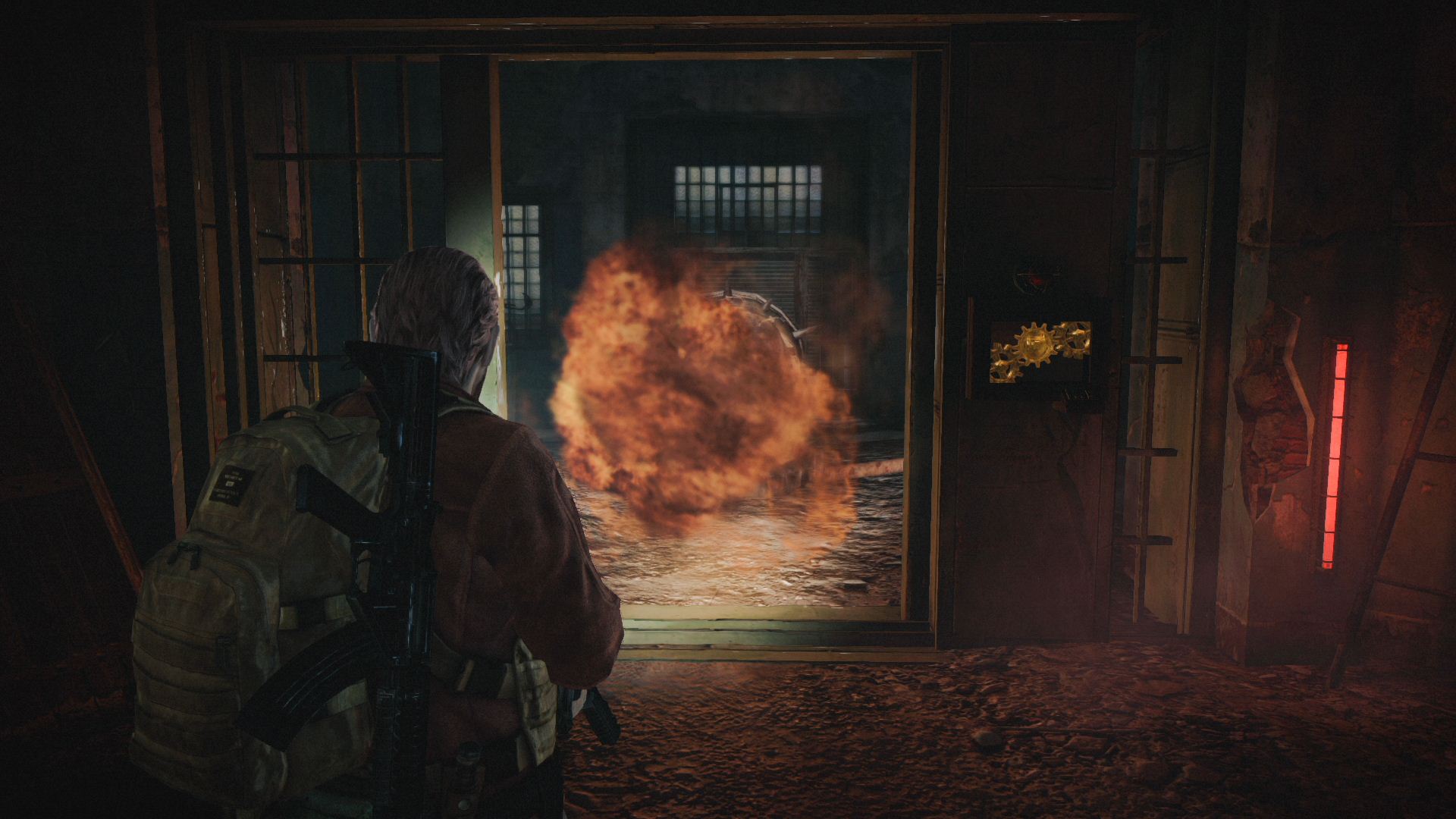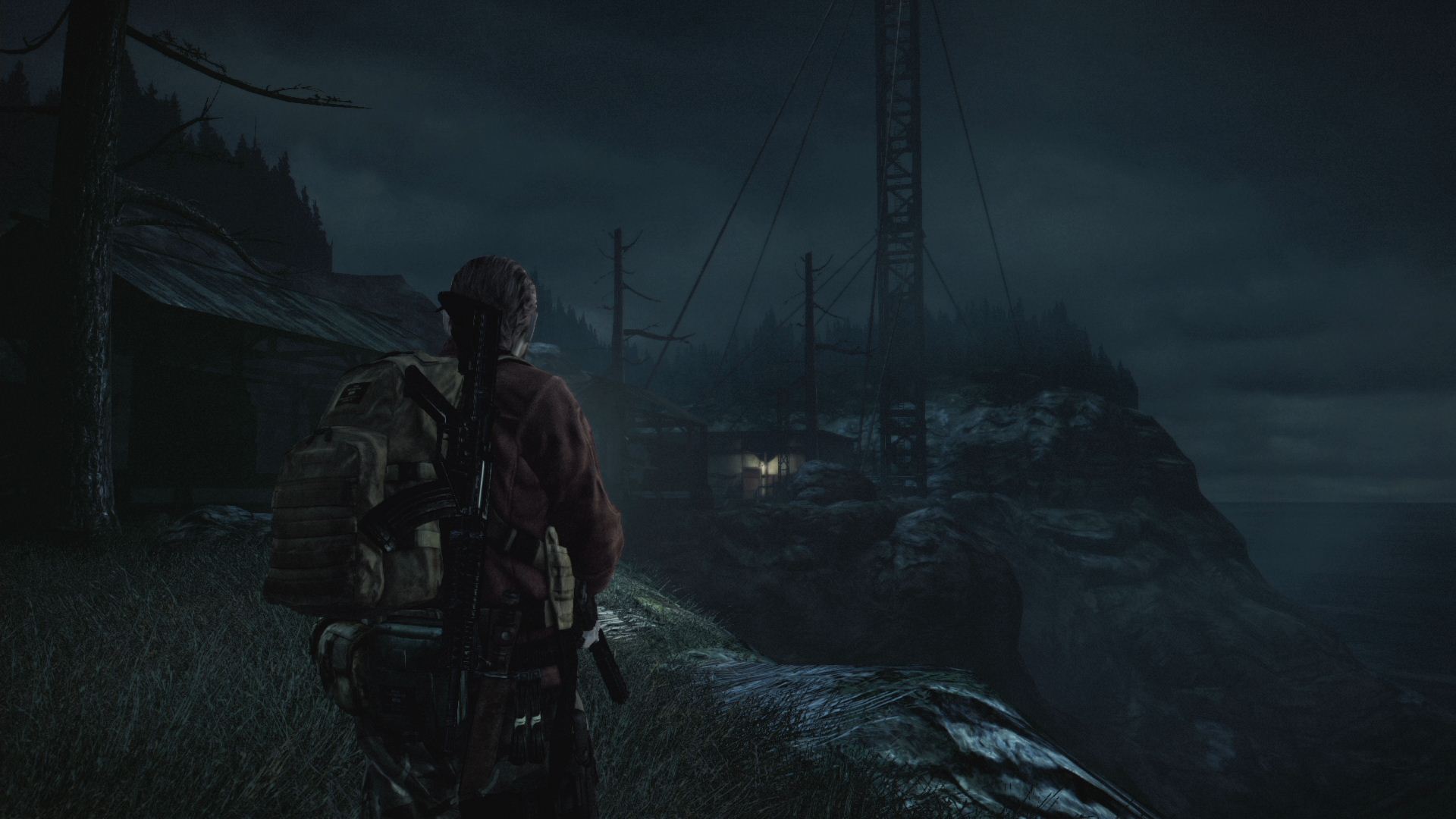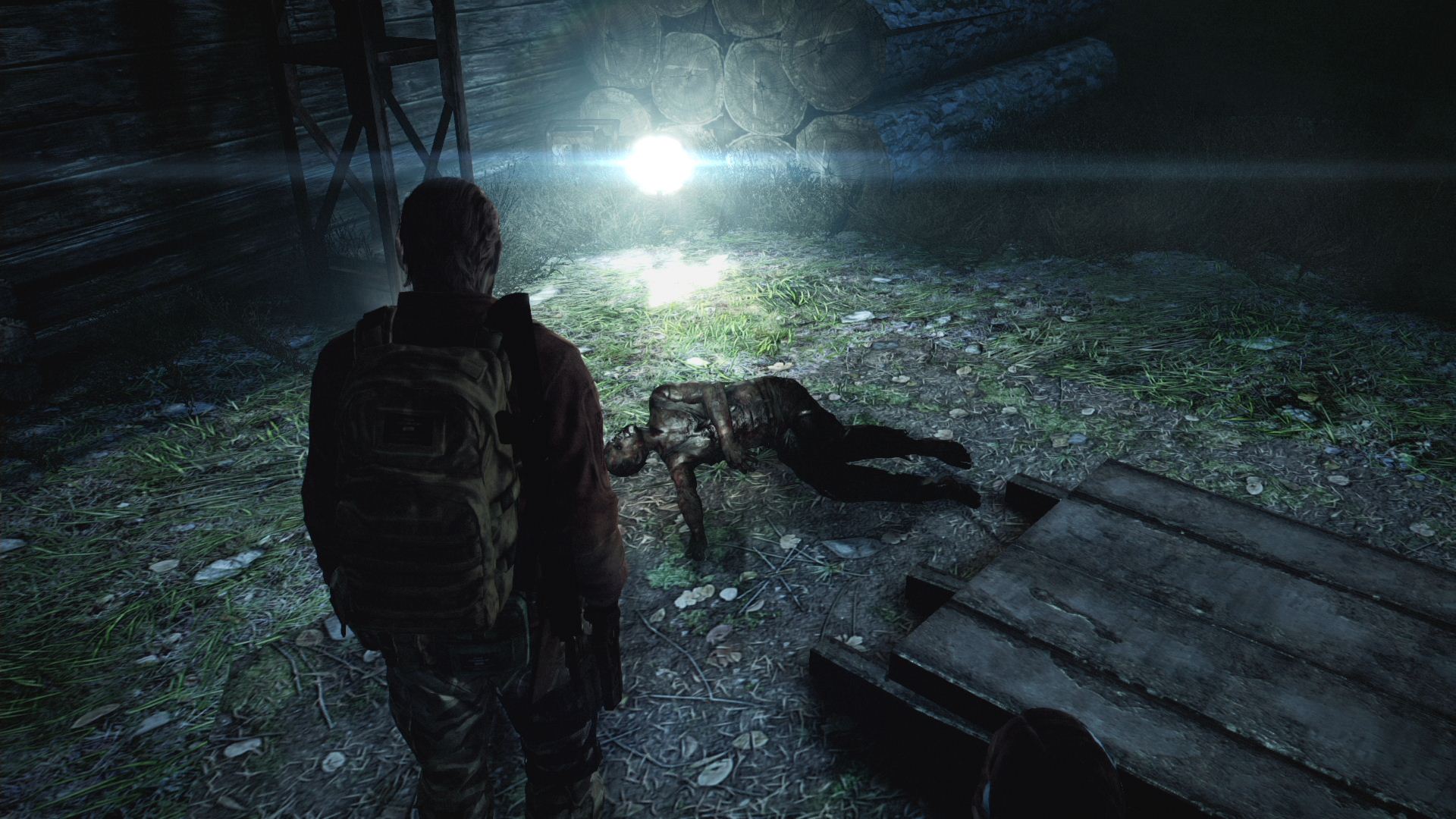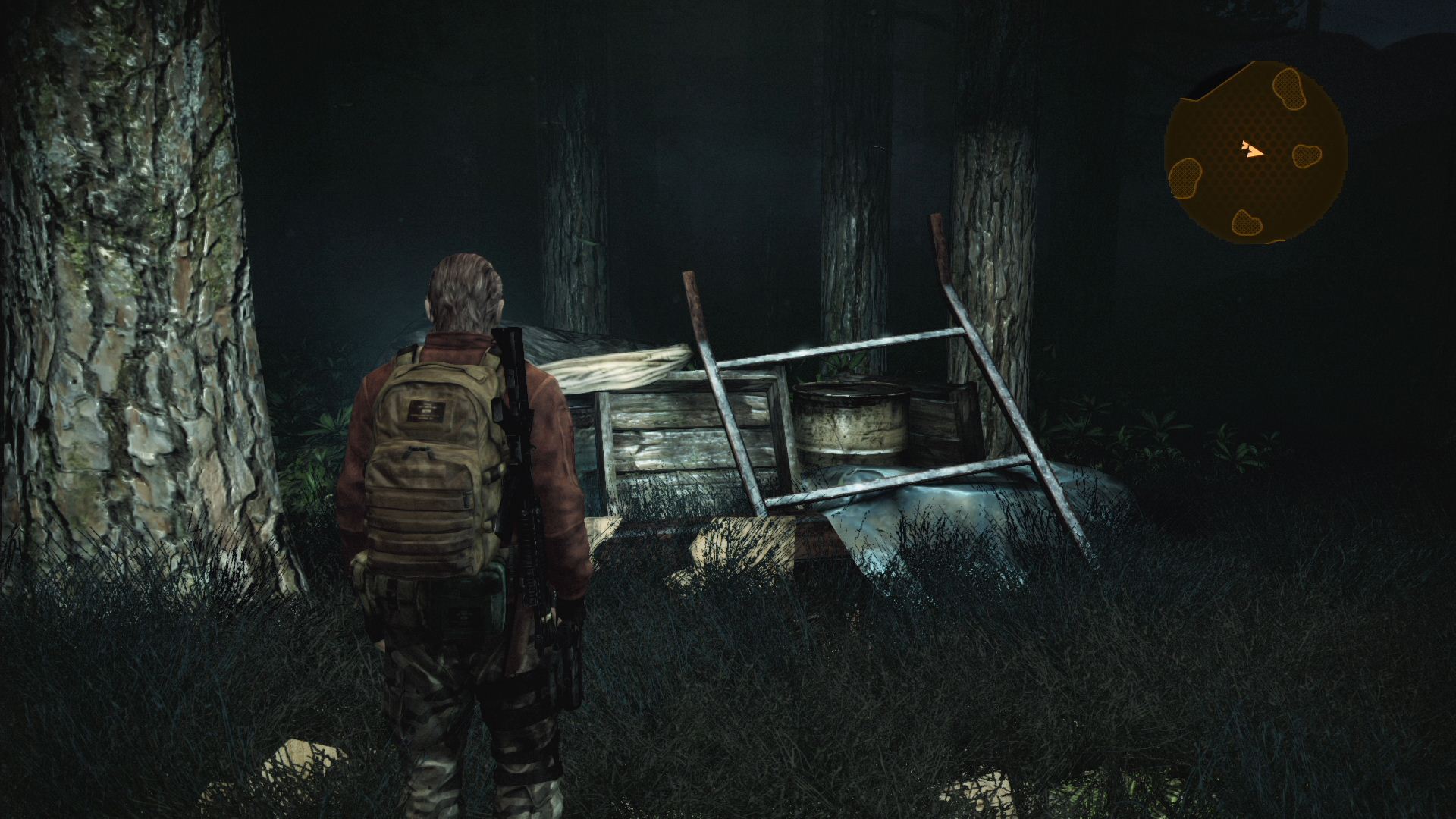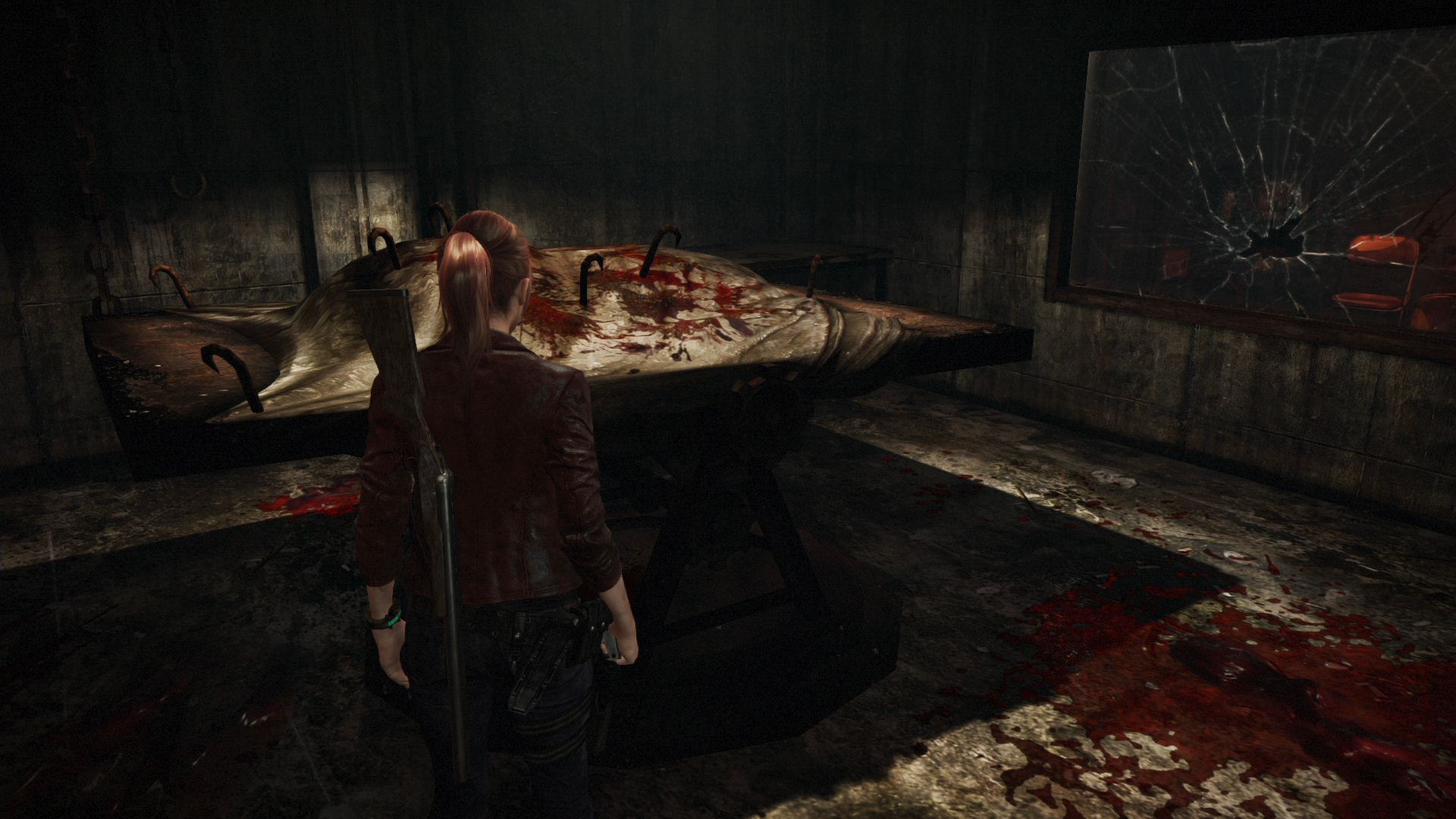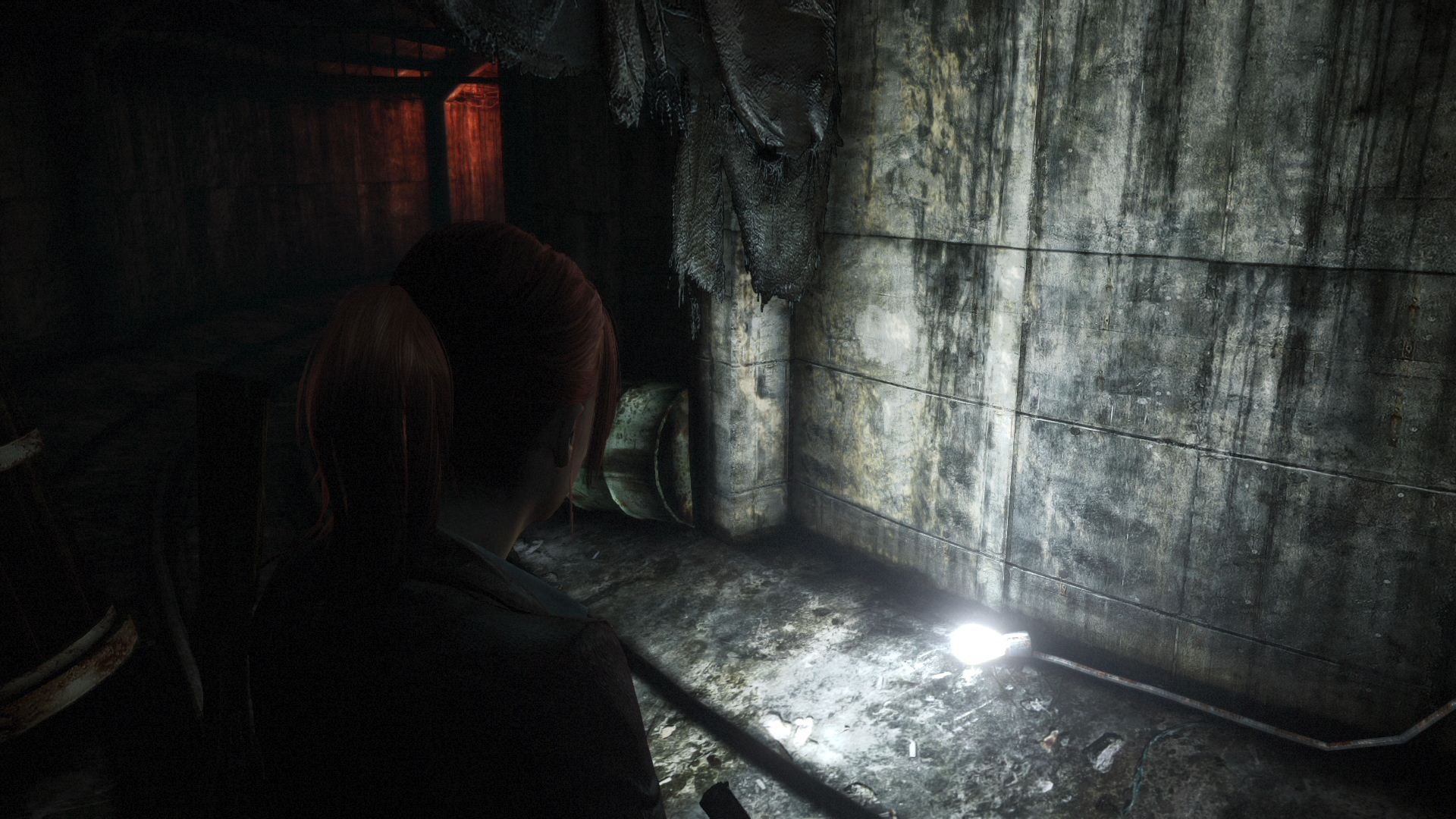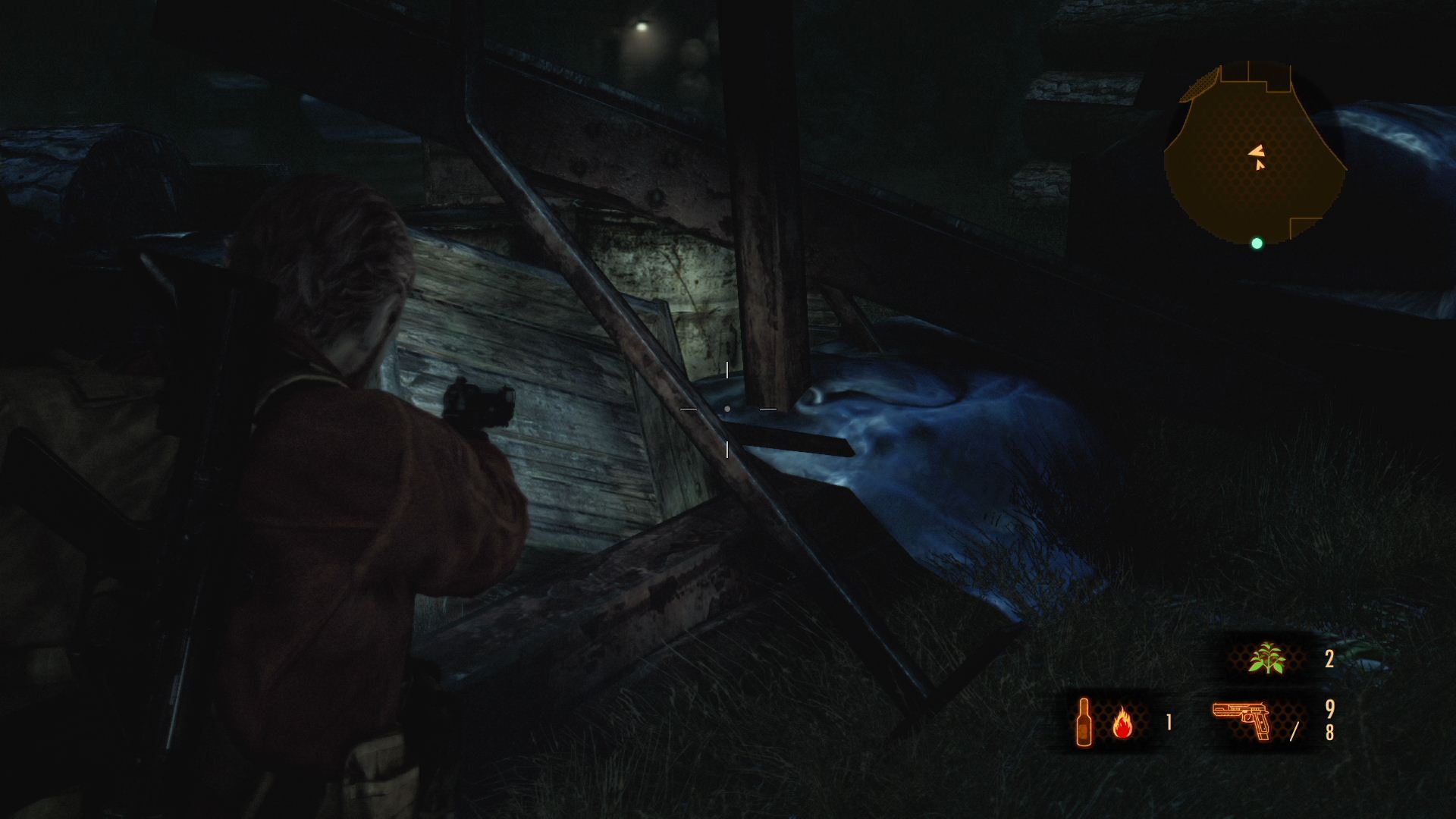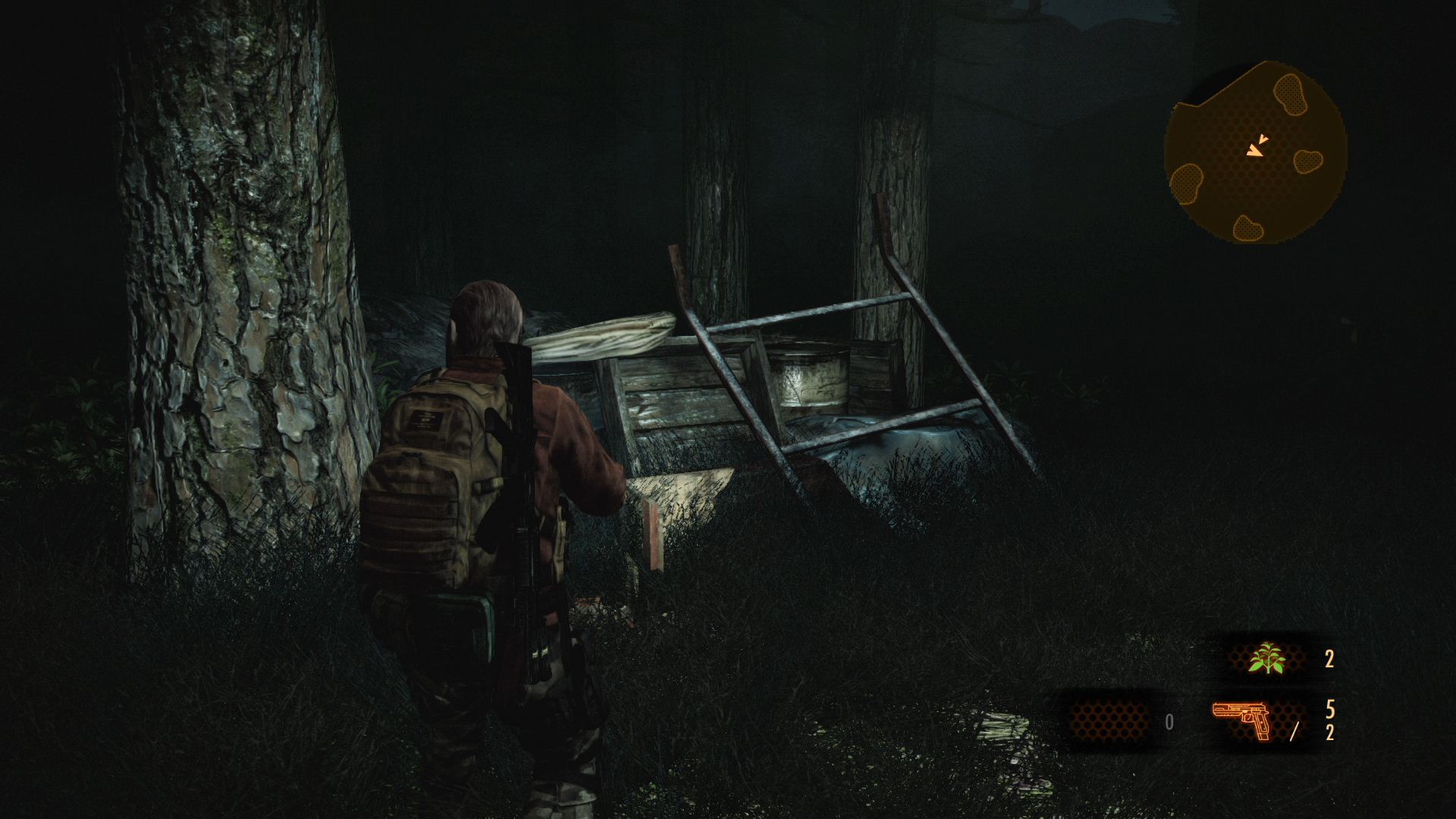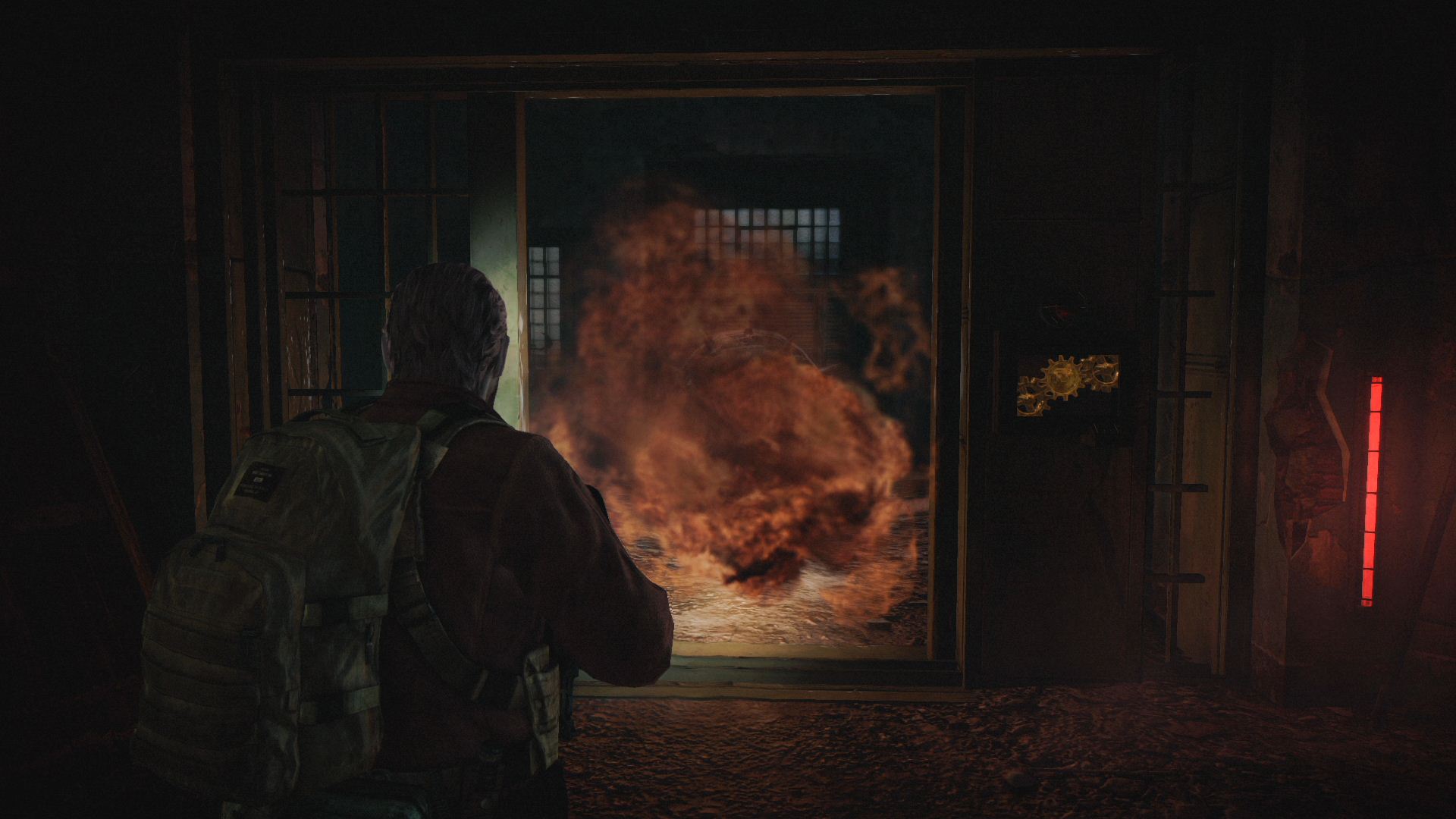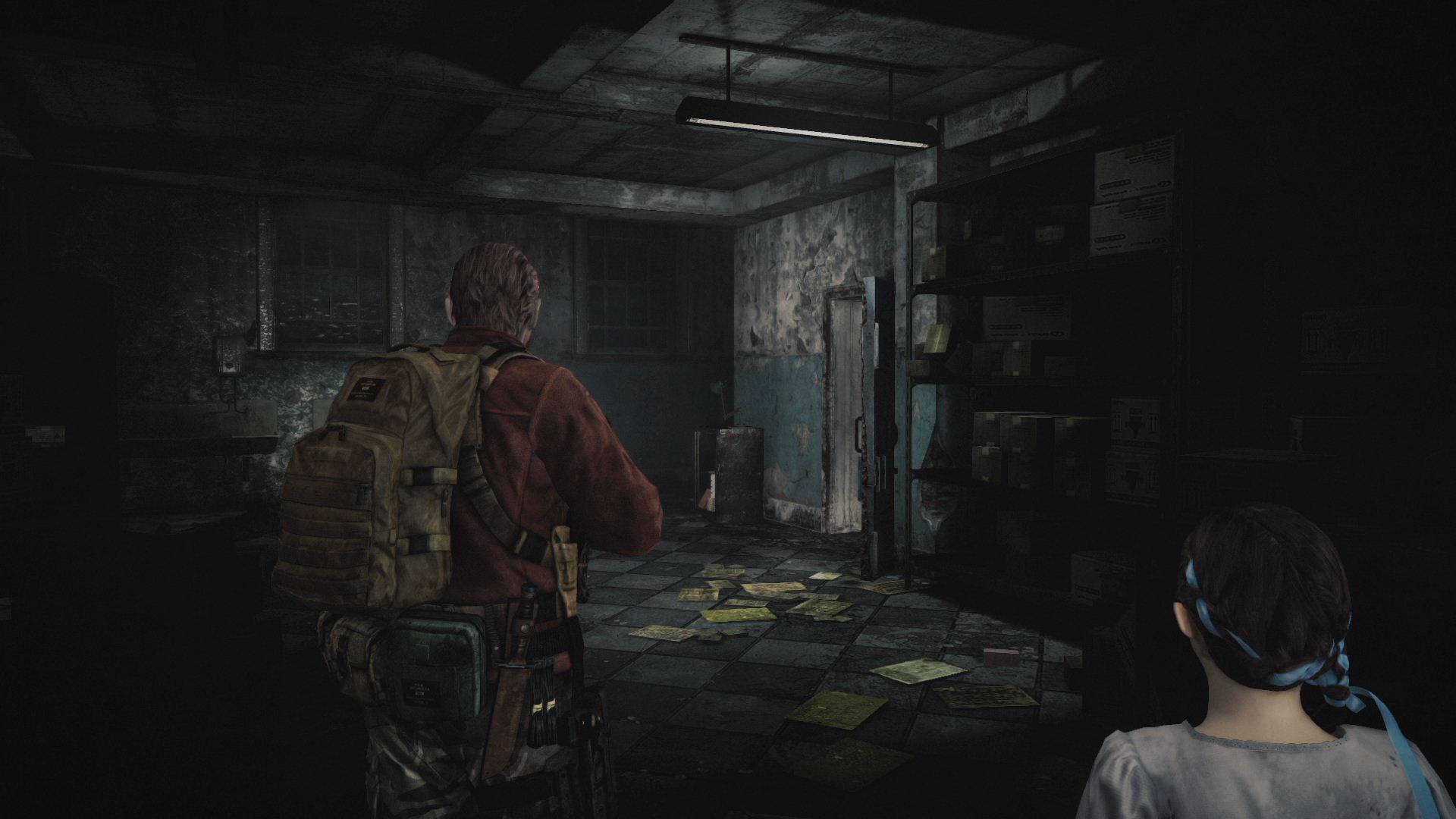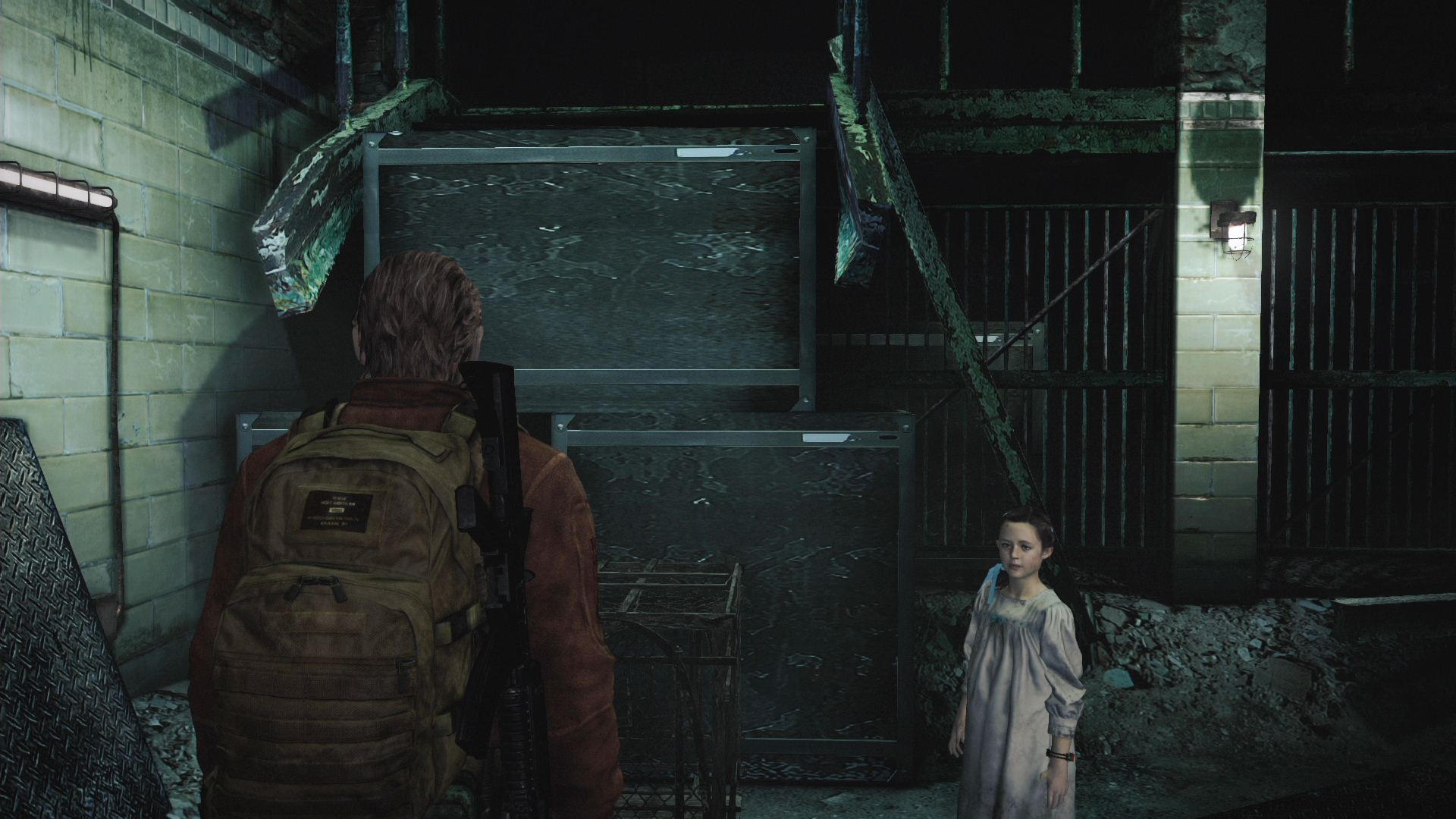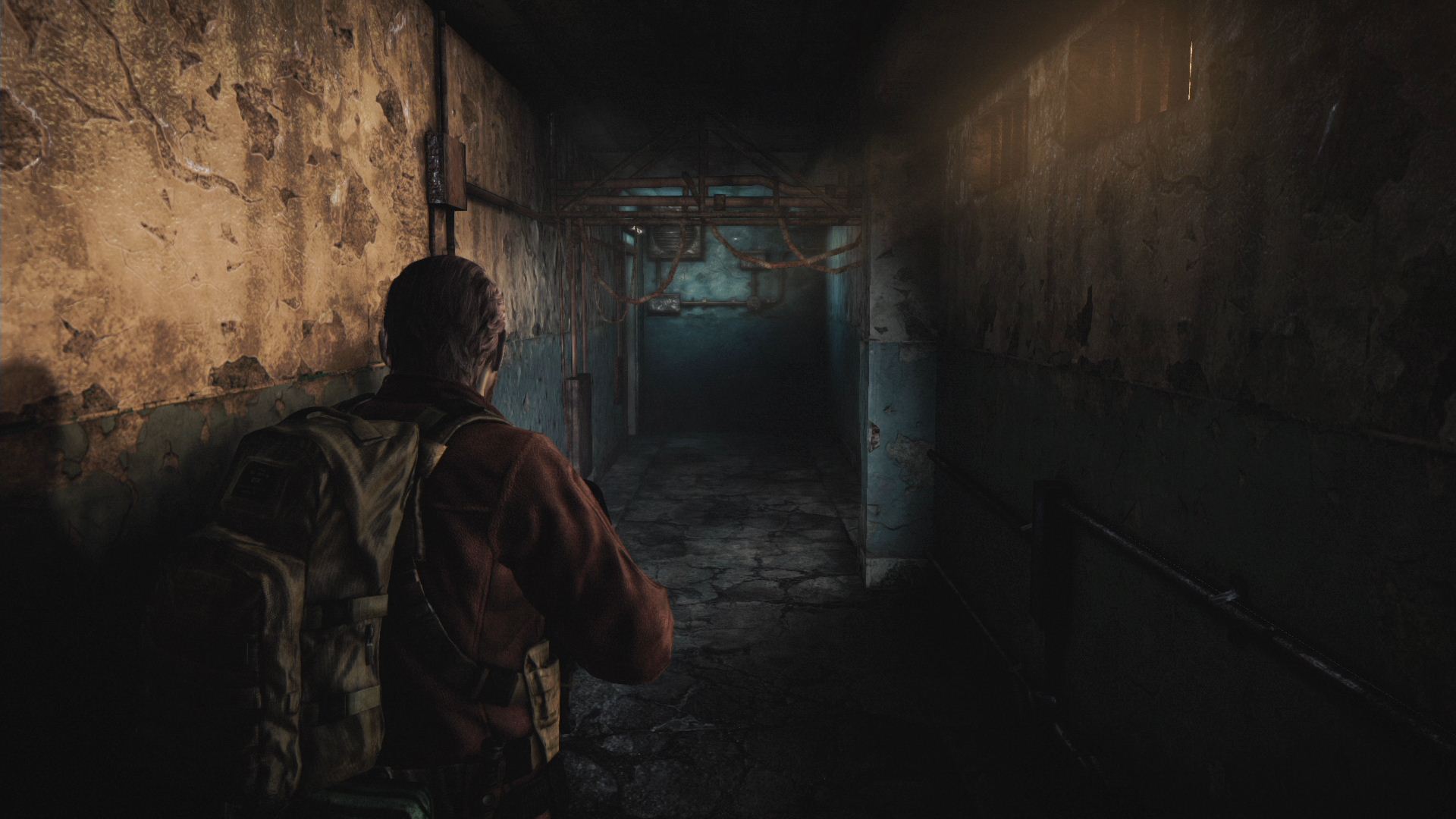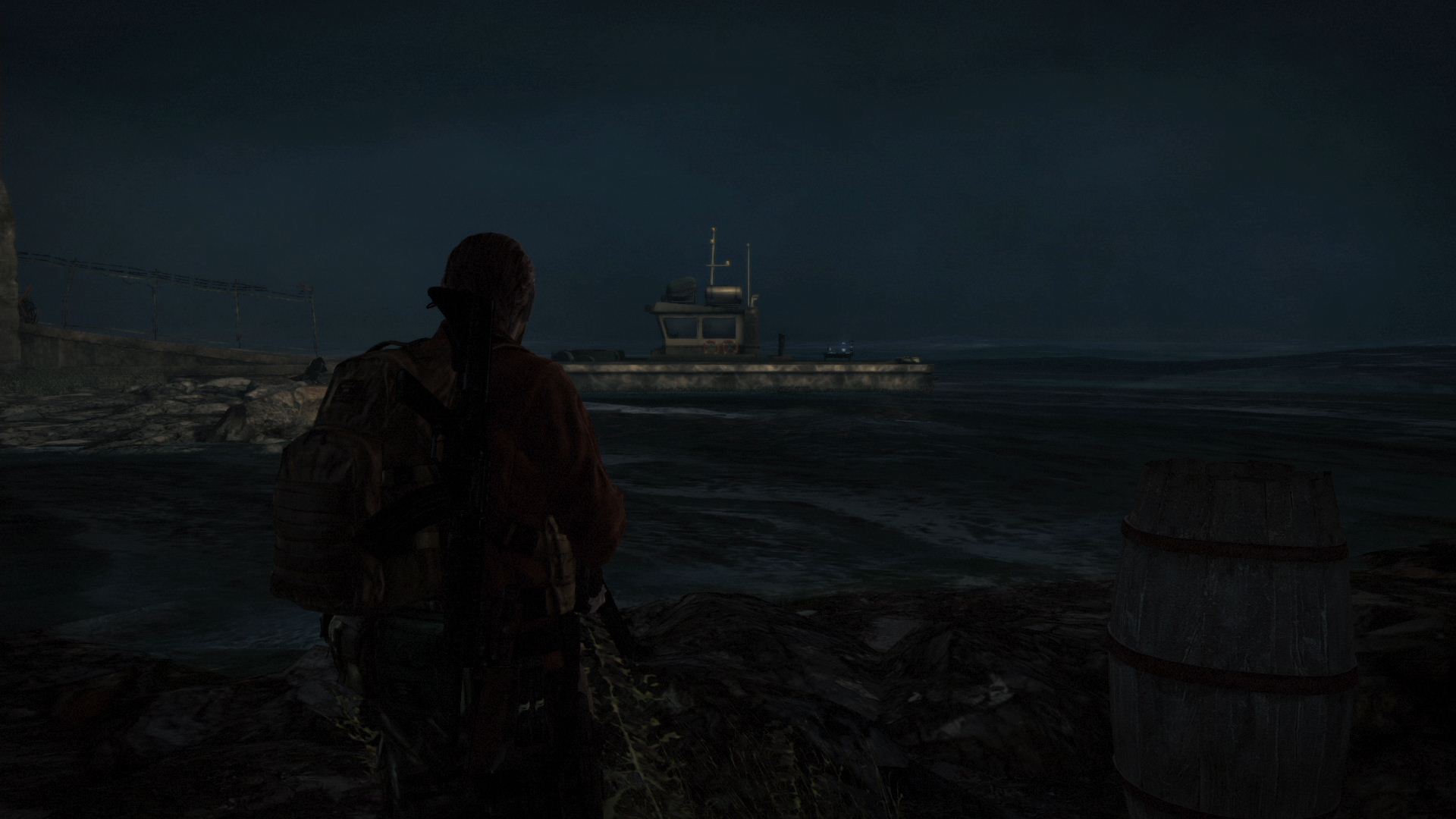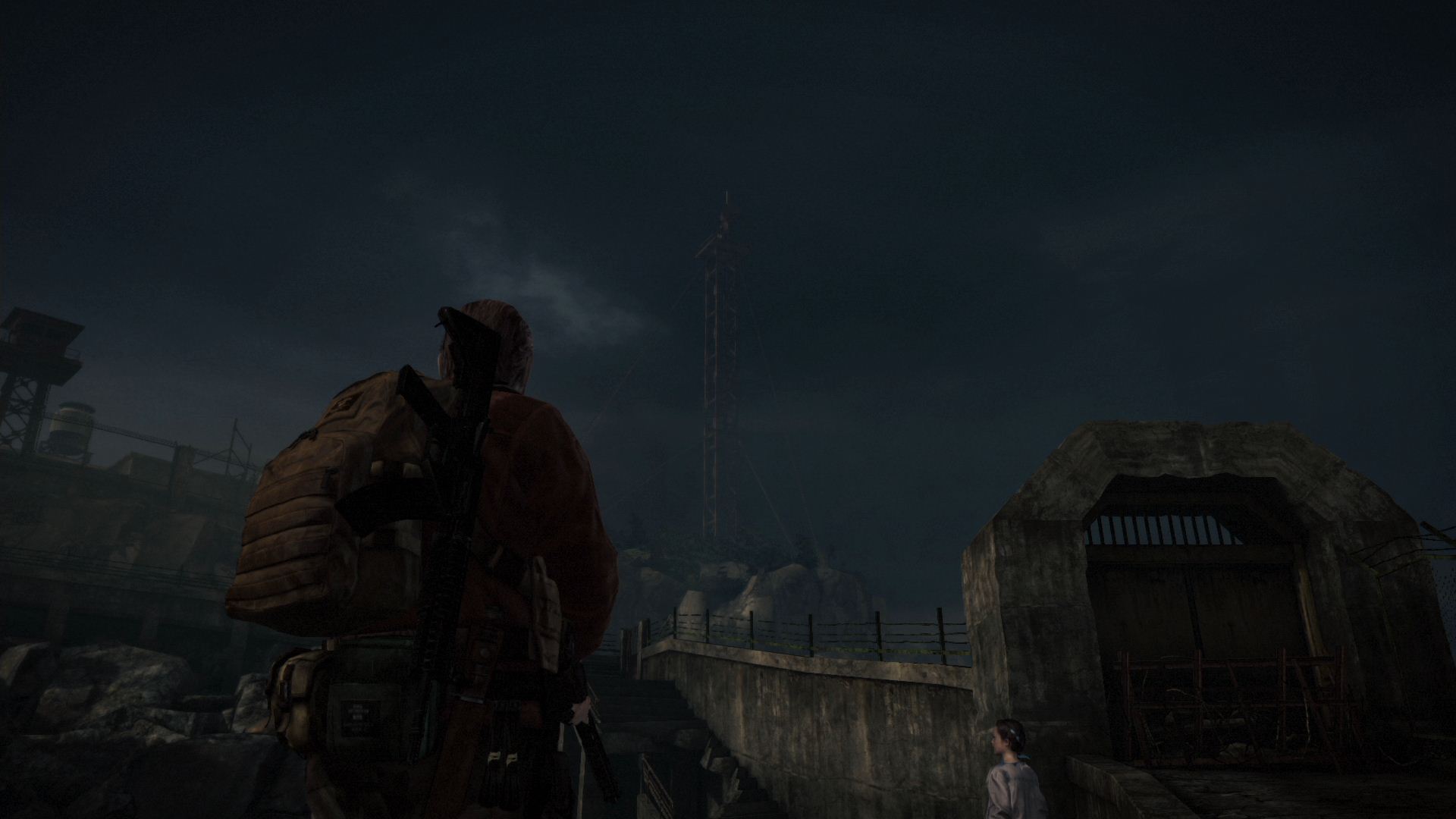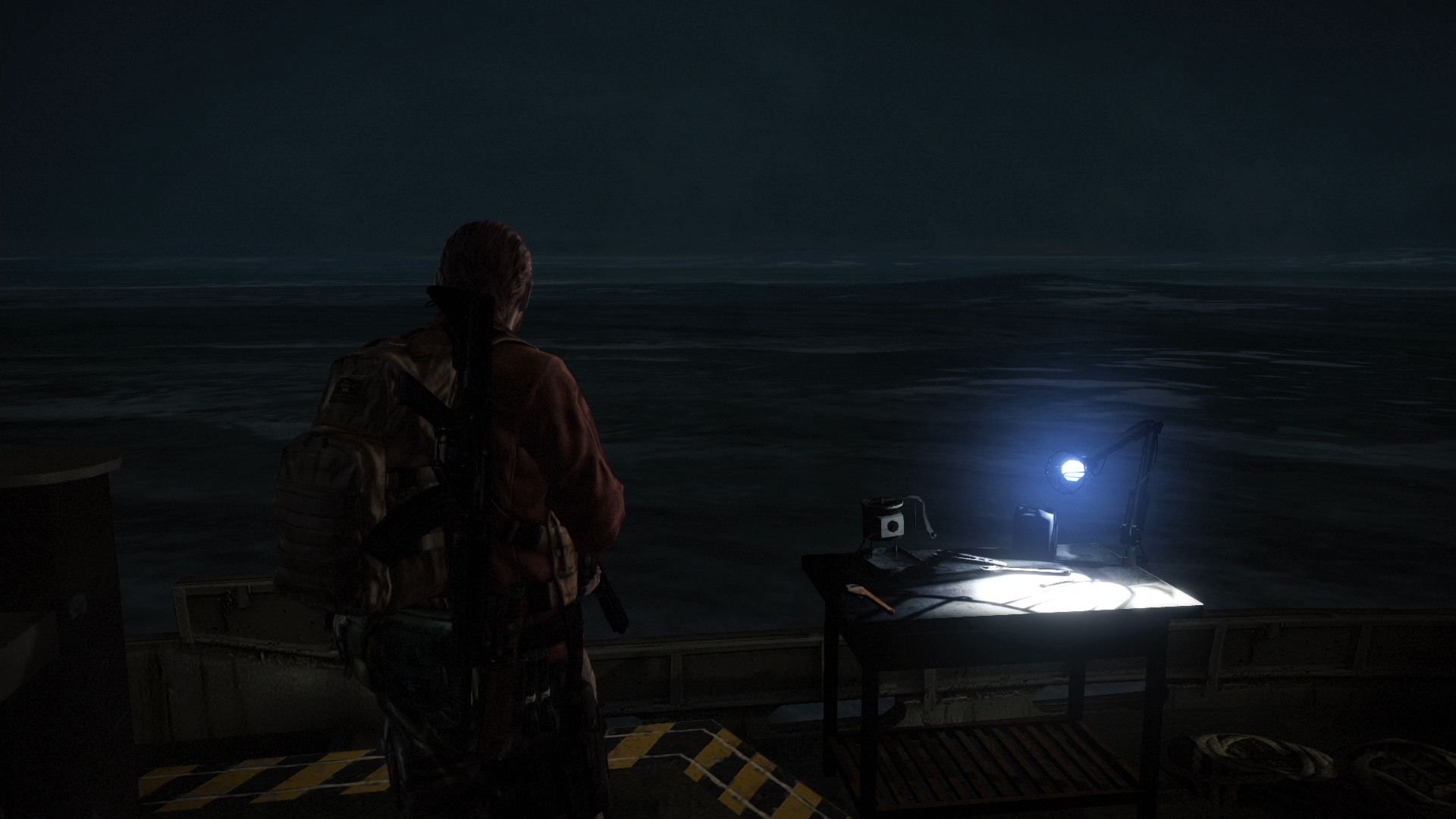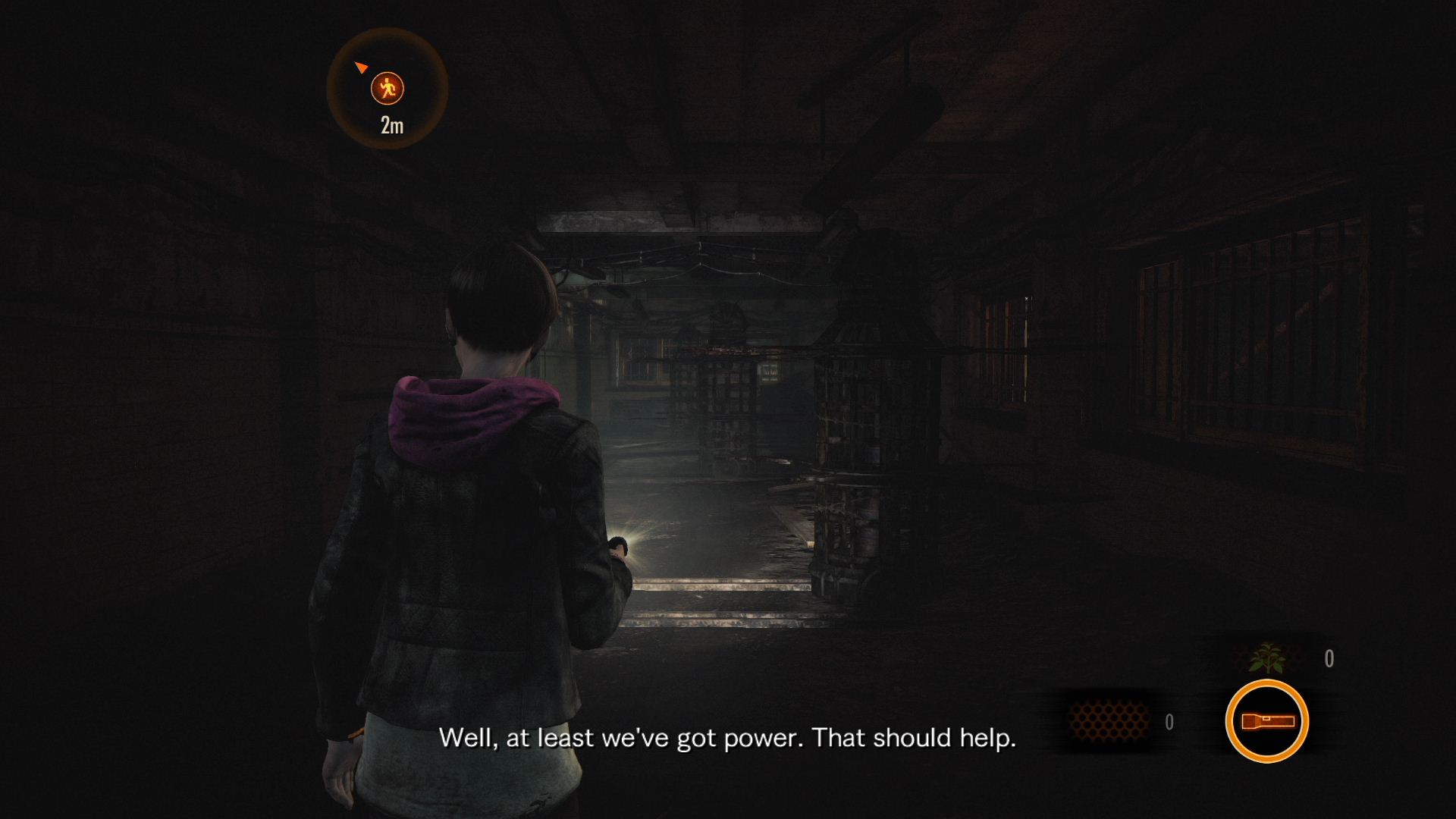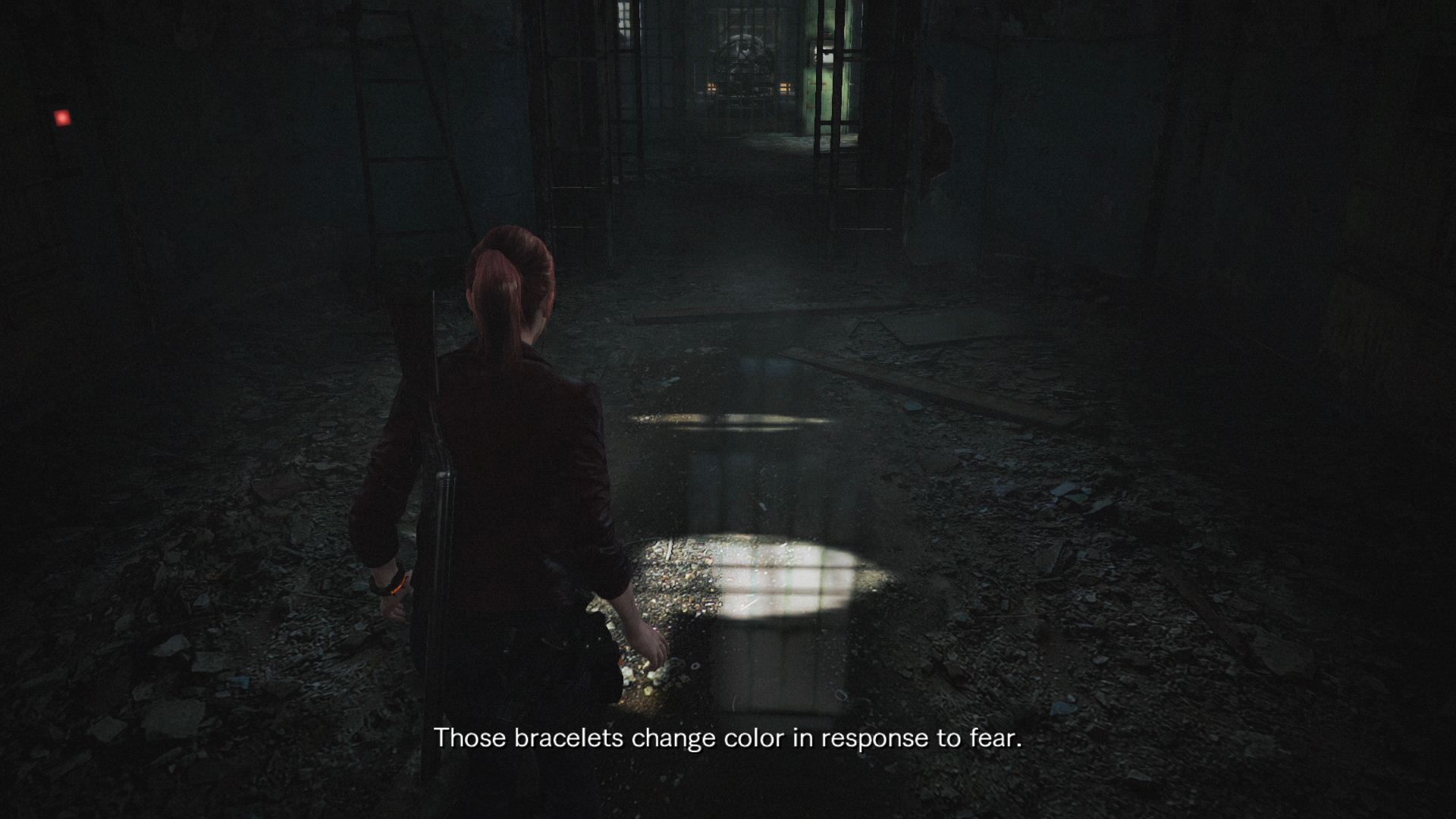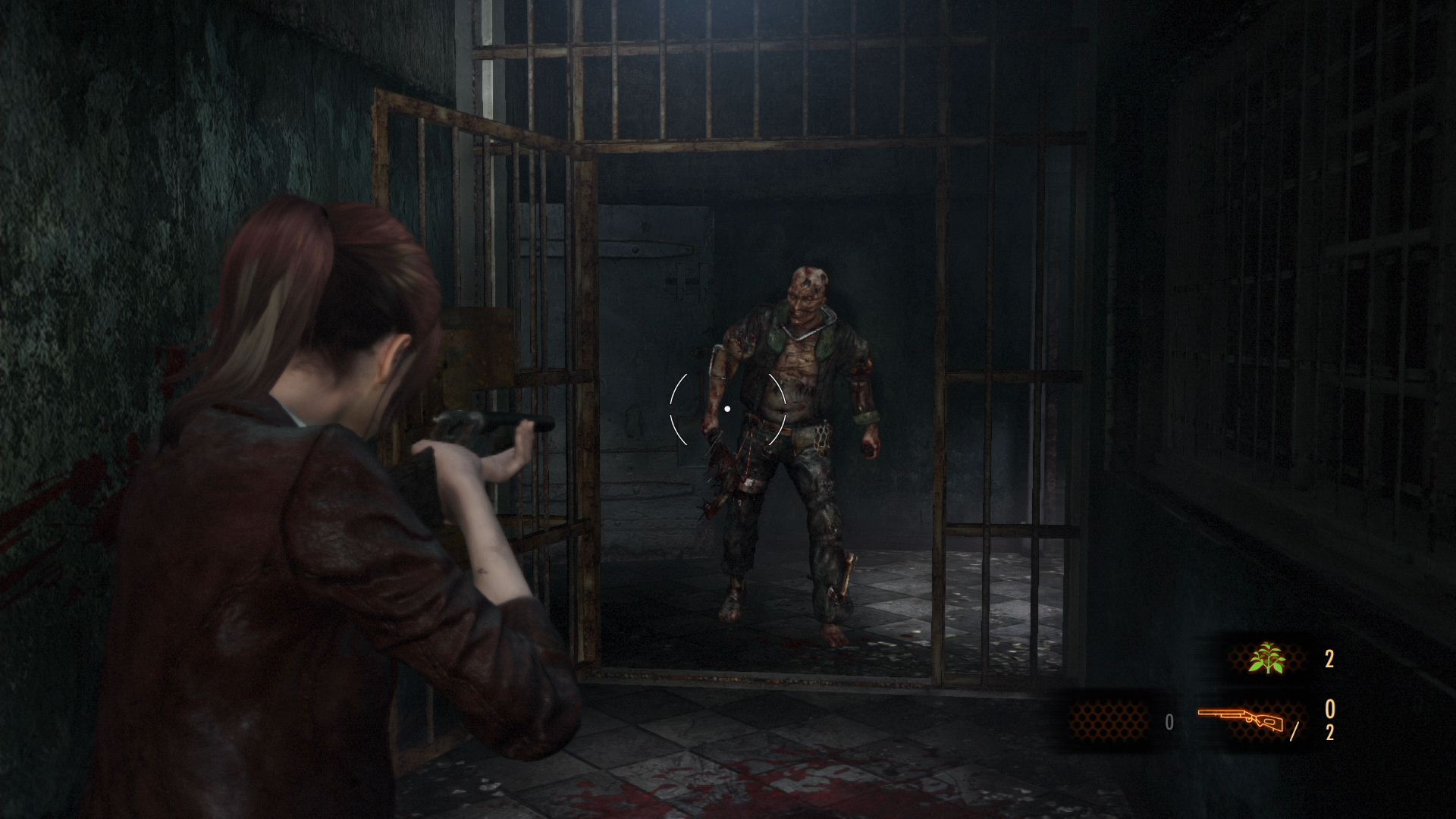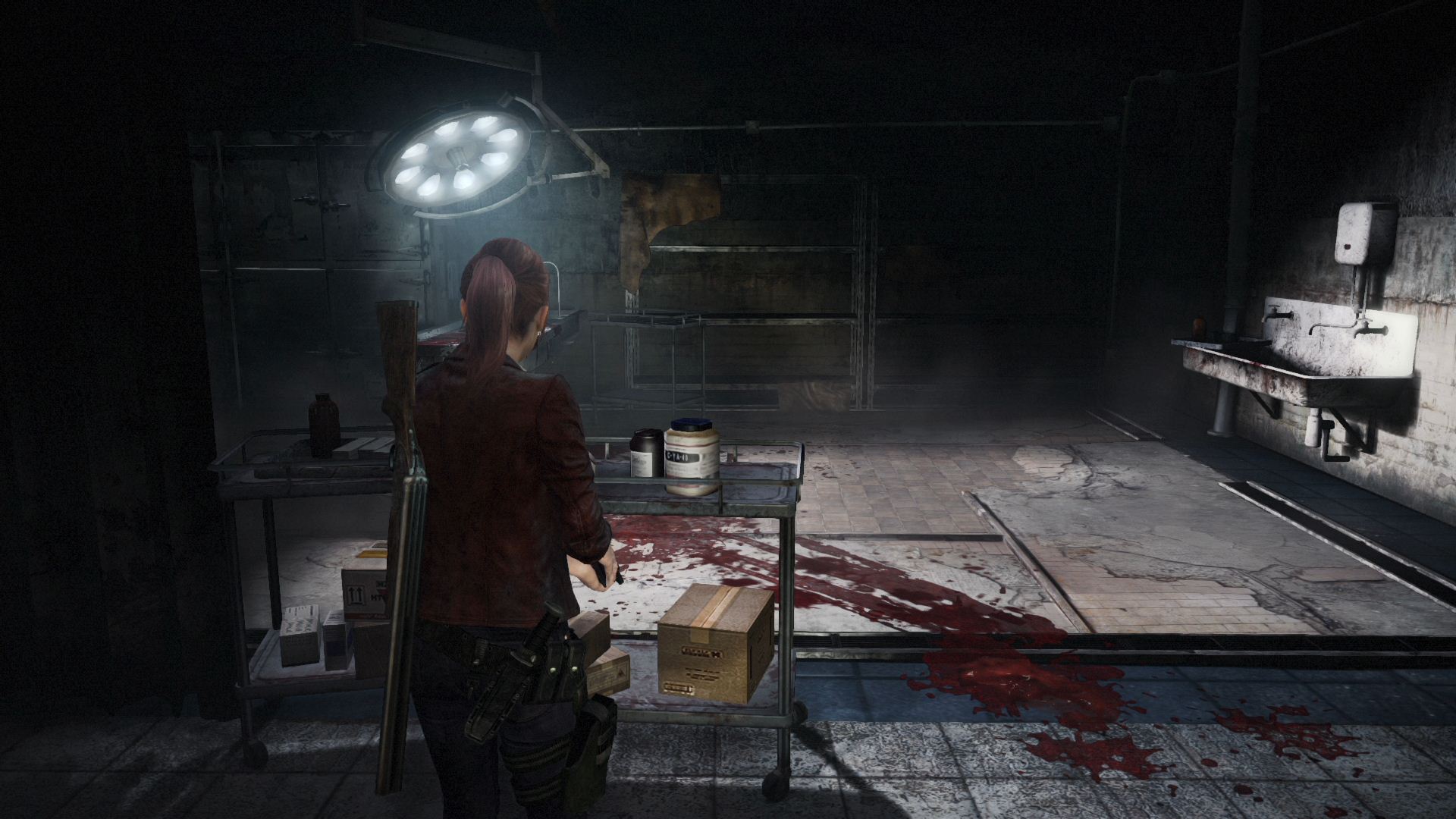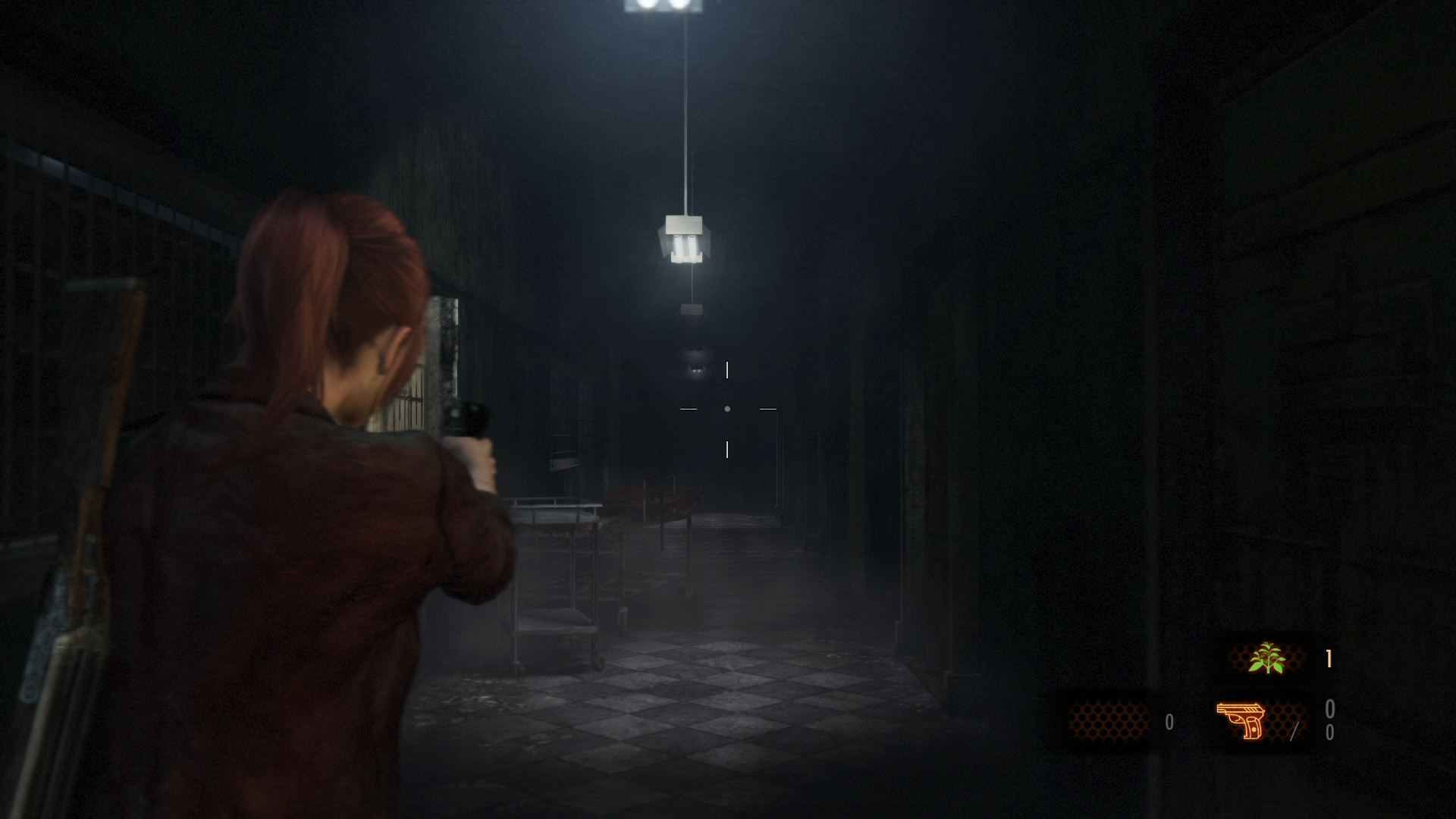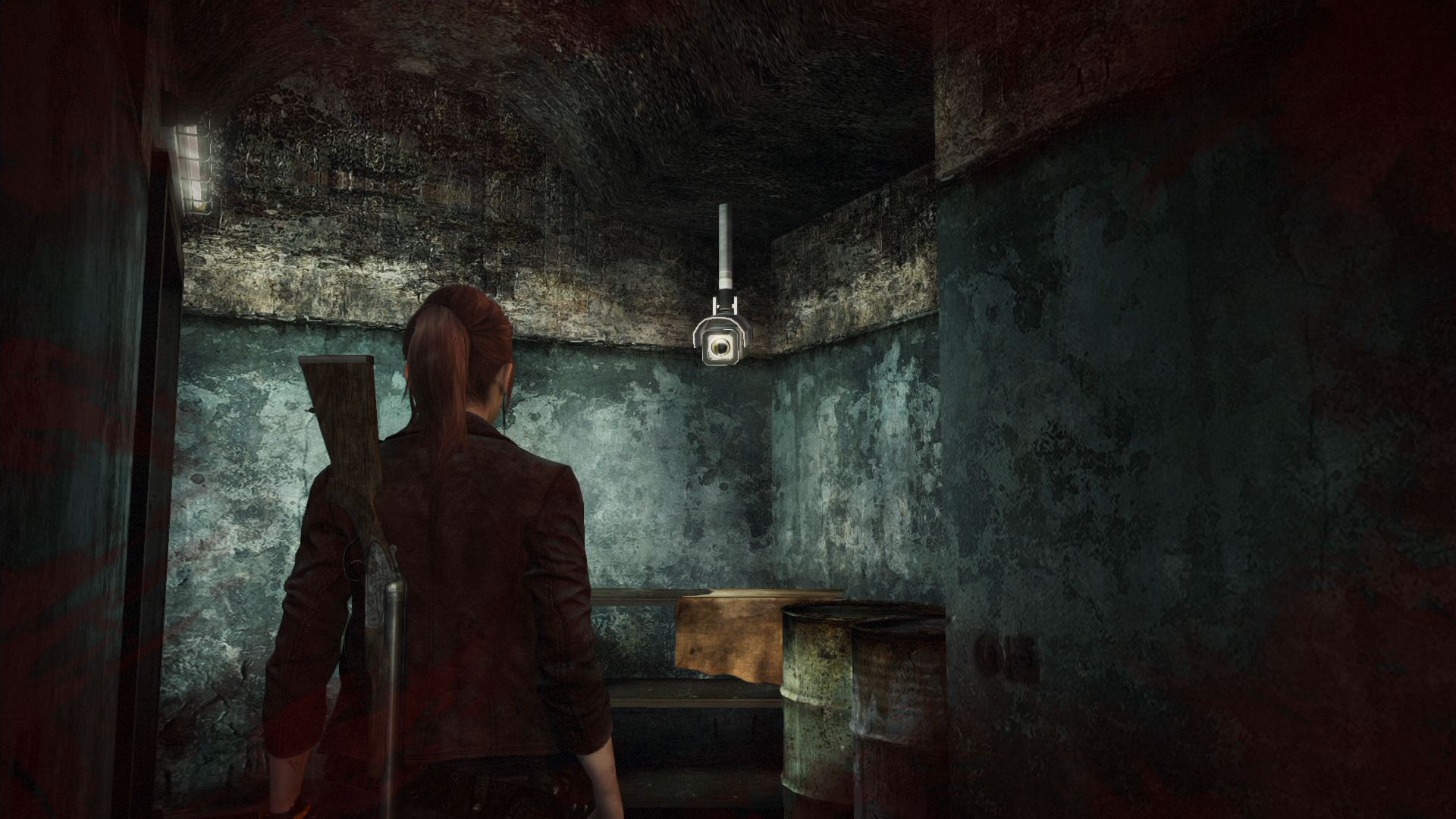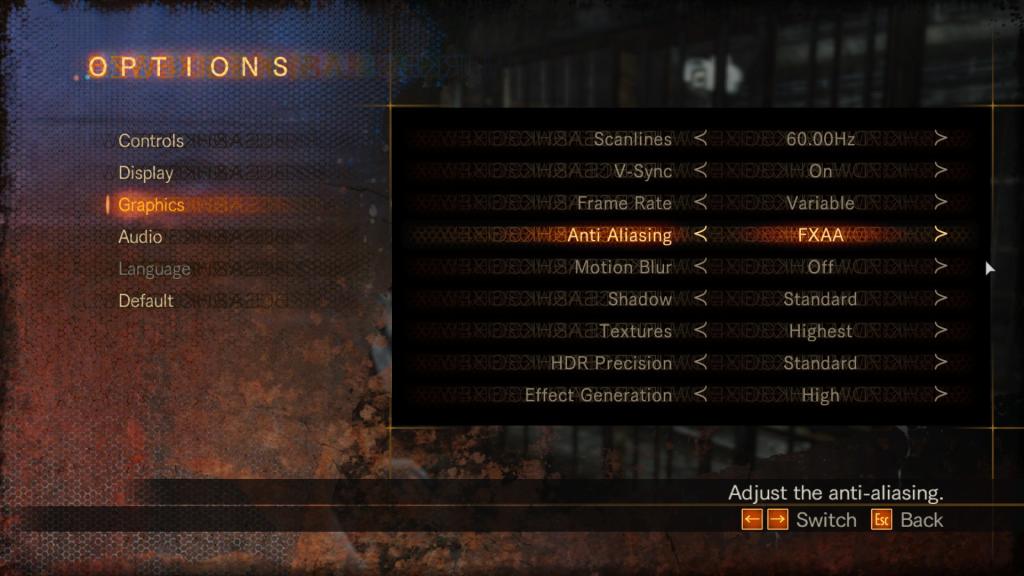
Strange as it sounds, there’s no flagship franchise with such a rich back-story that’s been as schizophrenic as Capcom’s Resident Evil series. One could make that case for all of Capcom’s games (the ones it still makes, that is) but Resident Evil has been a franchise that has oscillated back and forth between greatness and outright mediocrity. Resident Evil 4 may have been amazing but fans had to suffer the horrific Resident Evil: Dead Aim and middling Resident Evil: Zero. Resident Evil Revelations was a return to the series’ roots but it followed the disappointing Operation: Raccoon City and the maddening mess that was Resident Evil 6. Capcom has since taken a different approach with Resident Evil: Revelations 2, launching it as a four episode title with cliffhangers and a “Previously On” plot presentation.
However, even stranger though it may sound, Resident Evil used to be a series that pushed for the top-most graphical fidelity. Resident Evil 2 looked amazing for its time, Resident Evil HD still holds up visually despite releasing a decade later and its pre-rendered backgrounds not having made the best leap and even Resident Evil 5 looked top tier. Something changed with Resident Evil 6 though – Capcom suddenly appeared clueless in how to properly take advantage of advanced console hardware.
Head to head video comparison between the PS4 and Xbox One versions of the game. Please select 1080p and 60 frames per second for best possible quality.
The issue of being a port from a 3DS title, which the original Resident Evil: Revelations fell back on, won’t help Revelations 2 out. Episode One represents our final tech analysis of Resident Evil: Revelations 2. Though originally meant to arrive after the launch of Episode Three, time constraints forced us to release our analysis after the first episode’s launch.
So how does Resident Evil: Revelations 2 pan out, especially on the PS4 and Xbox One where it marks the debut of the franchise on current gen platforms? As it turns out, the results are mixed. Capcom is still using the same MT Framework that’s been around since Resident Evil 5 but it hasn’t been properly optimized for the PS4. One would think that the current generation of consoles wouldn’t have a problem given their similar architecture – after all, past Resident Evil titles on Xbox 360 and PS3 performed on a more or less even scale and the detriments of the PS3’s architecture have been detailed ad nauseam.
With Resident Evil: Revelations 2, Capcom seemed to focus on optimizing MT Framework for the Xbox One alone. Both current gen versions have been billed to run at 60 FPS and while frame drops are to be expected, the PS4 fares much worse. The average FPS for the PS4 version was around 42 frames, sometimes dropping as low as 22 frames. The Xbox One version is far better, maintaining an average frame rate of 54 frames.
The PS4’s anisotropic filtering curse appears to be continuing as well as Resident Evil: Revelations 2 joins a list of third party titles like Evolve and Dying that both lack the feature. While not absent, the AF on the PS4 version isn’t nearly as good as the Xbox One. It’s odd when you consider that even a PS4 exclusive like The Order: 1886 didn’t have the highest quality of AF. Texture filtering on the Xbox One version of Revelations 2 is also suitably better resulting in sharper and cleaner textures over the PS4.
That doesn’t mean this is the next big graphical leap for Resident Evil. The textures look decidedly last gen and Capcom has applied fast approximate anti-aliasing (FXAA) to the game. It may consume fewer resources but as an AA solution on current gen, FXAA is sorely lacking. Capcom’s cross-generational development for Resident Evil: Revelations 2 results in an odd mix of dynamic lighting but no global illumination or physically based rendering. A few details stand out like Claire Redfield’s tresses but there’s plenty of room for improvement.
Head to head screenshot comparison between the PS4 and Xbox One versions.
PS4
Xbox One
You would think the PC version would look significantly better, right? As it turns out, Capcom didn’t bother to adorn the PC users with a wide range of graphical options. AA solutions include FXAA, FXAA3 and FXAA3 HQ. There’s no MSAA, which is baffling when you remember Resident Evil 5’s support for 8x MSAA. And that was more than six years ago. FXAA3 HQ does perform excellently but PC gamers should rightfully expect more.
Our configurations for the PC version indicate a healthy amount of optimization across a wide range of hardware. We tested Resident Evil: Revelations 2 on an Intel i5-4690k + R9 290, AMD FX 6300 + R 280, i7-4790K + GTX 980, i5-3570K + GTX 970, Core i7 930 + GTX 680 and an FX6300 4.2GHz + R9 270x with everything at the highest settings. Each configuration delivered more than 60 FPS on average. As a whole, the PC version boasts improved texture filtering and HDR but nothing to make phenomenally superior to the Xbox One version aside from the frame rate. As it stands, the PS4 version is in the back of the bus
Resident Evil: Revelations 2 is a decent looking game. It won’t make you outright rage at the sheer visual quality like Resident Evil 6 did, perhaps because this is a more tightly knit and scaled down project in comparison, but it won’t wow you like series’ best efforts either.
PC Graphics settings.
Critics have pointed out that Capcom took a very formulaic approach to Revelations 2’s gameplay. The developer arguably took an even more risk-free approach to the visuals, bringing back the same old MT Framework engine but only tacking on a few bells and whistles for current gen owners.
Other developers are either cancelling previous gen versions of their games or roping in additional developers to work on scaled down versions of their titles (like High Moon Studios for Call of Duty: Advanced Warfare on PS3/Xbox 360 and Bluepoint Games for Titanfall on the Xbox 360). That Capcom should opt for such a lame duck approach to a cross-gen Resident Evil game in 2015 isn’t surprising but it’s certainly disappointing.
Consumers are advised to opt for the Xbox One version thanks to better anisotropic filtering, texture quality and a vastly superior frame rate compared to the PS4 version. PC users of all brackets are also advised to check it out. If nothing else, you can be assured of a solid 60 FPS and 1080p resolution without much hassle.
Note: Entire performance analysis was carried out by GamingBolt’s Bill Smith.








